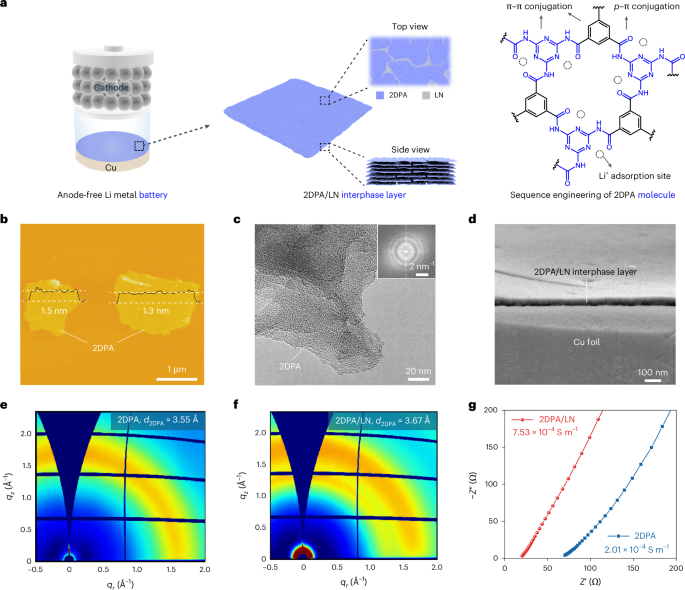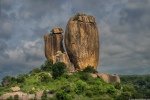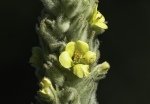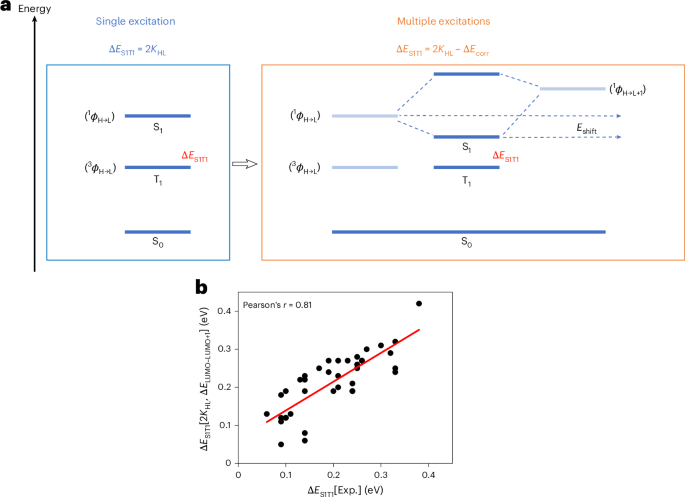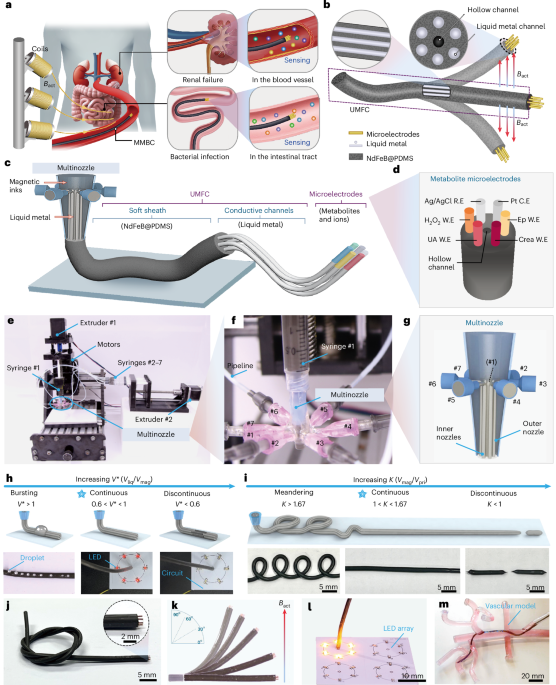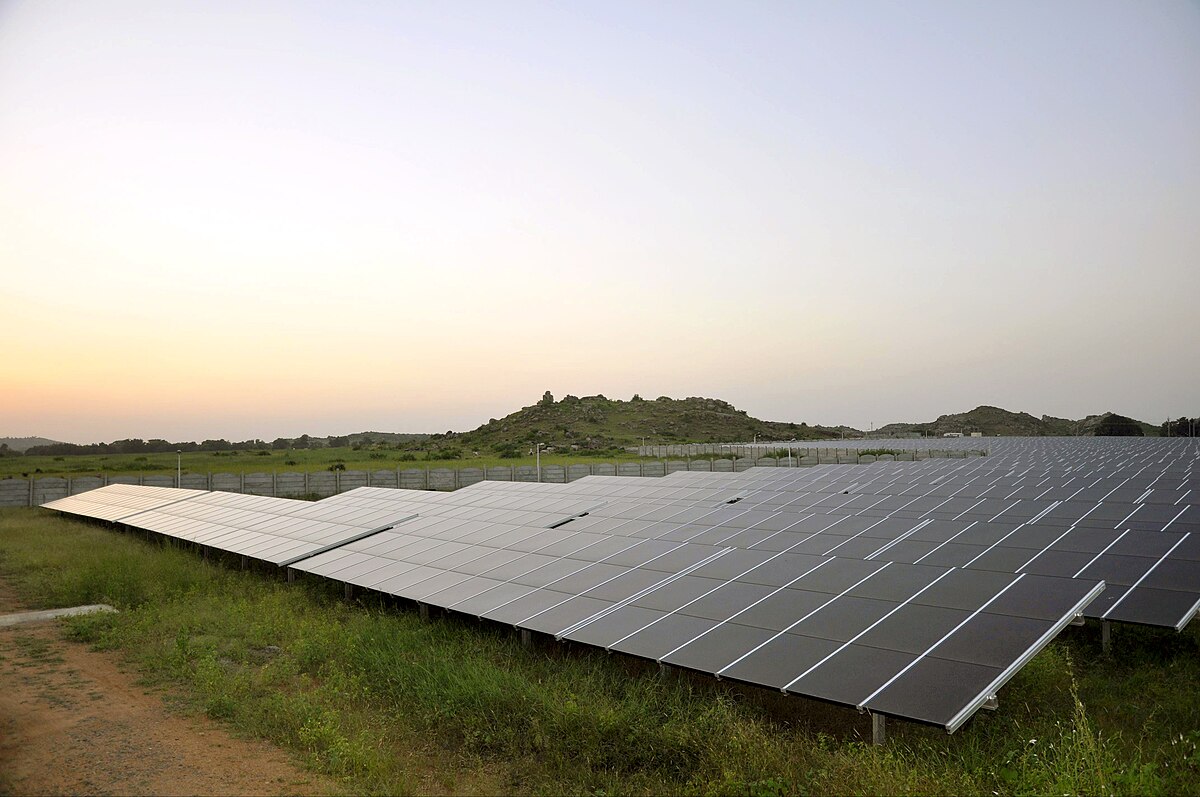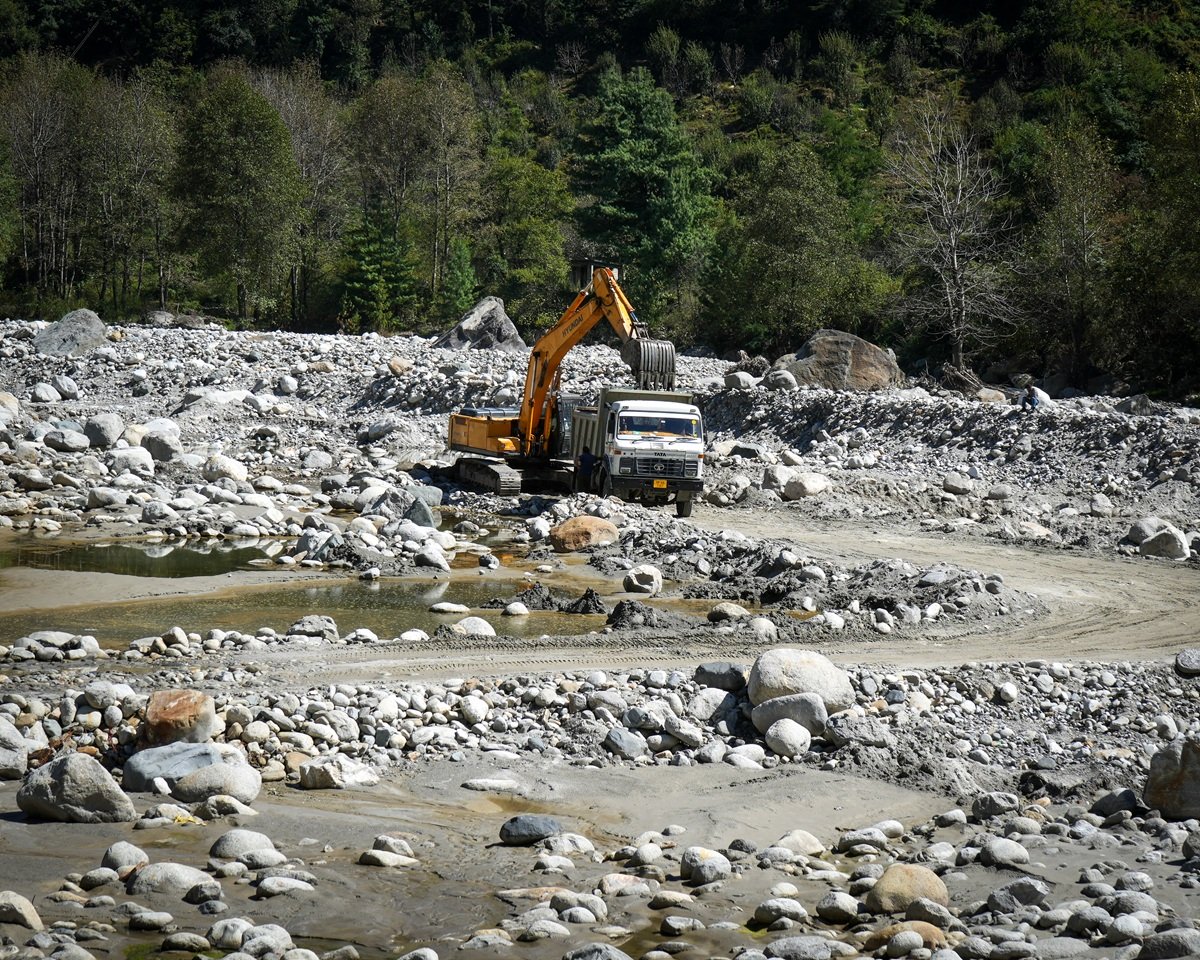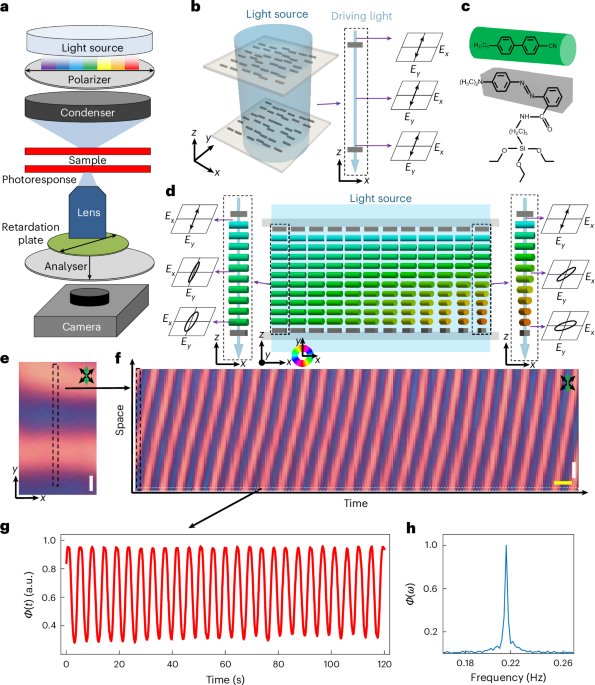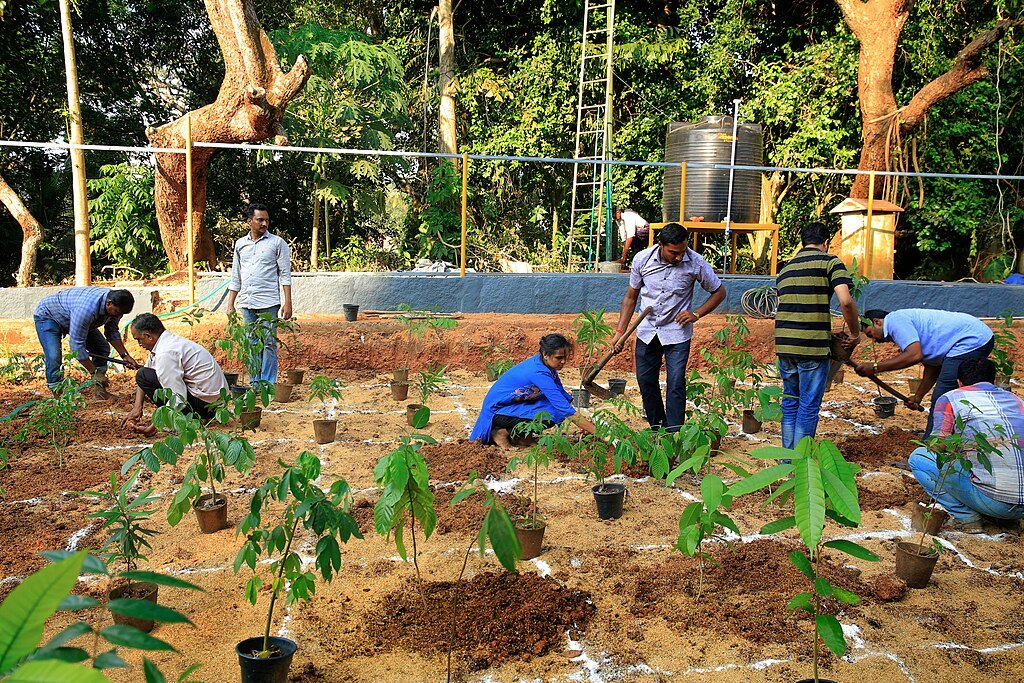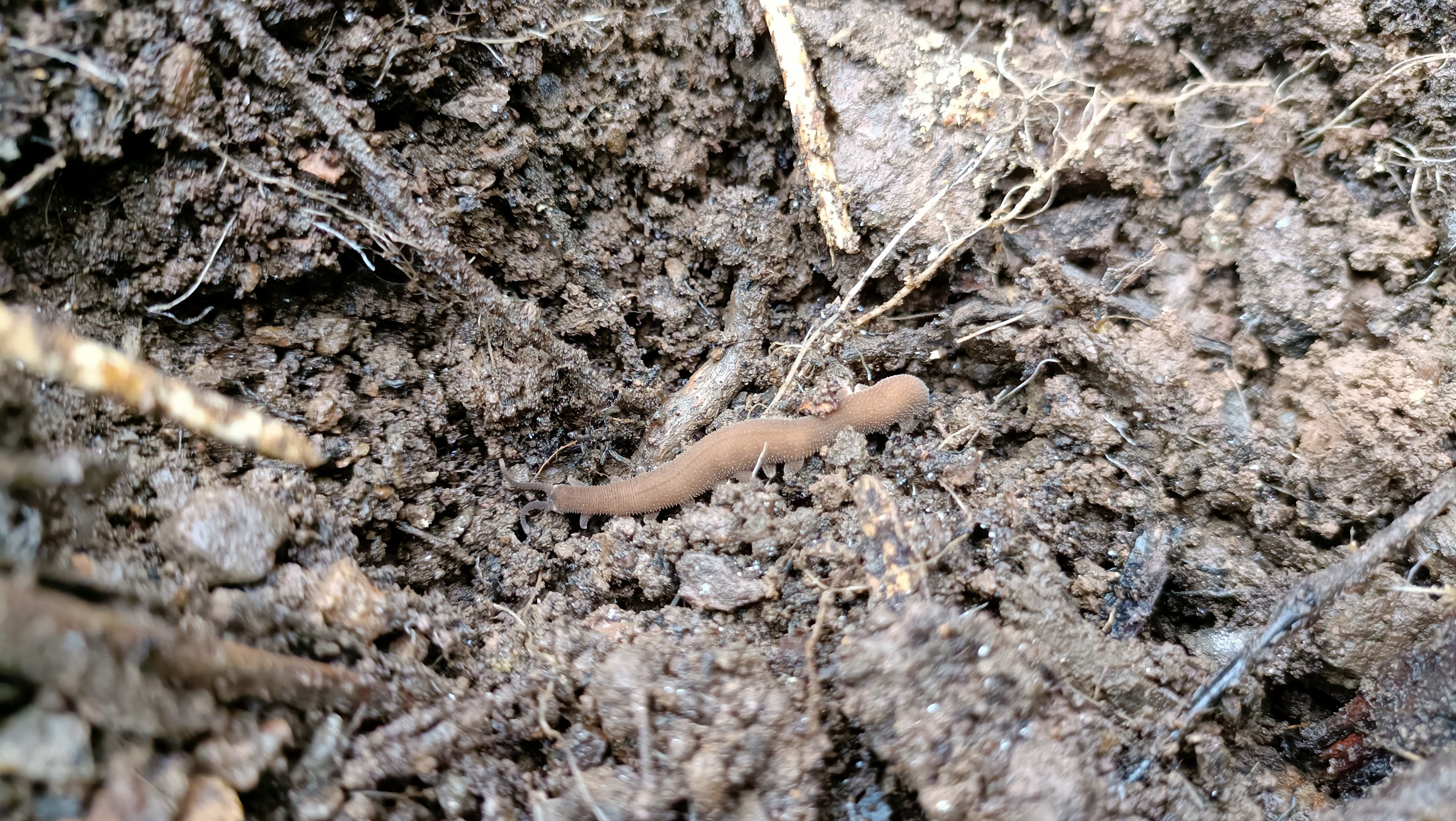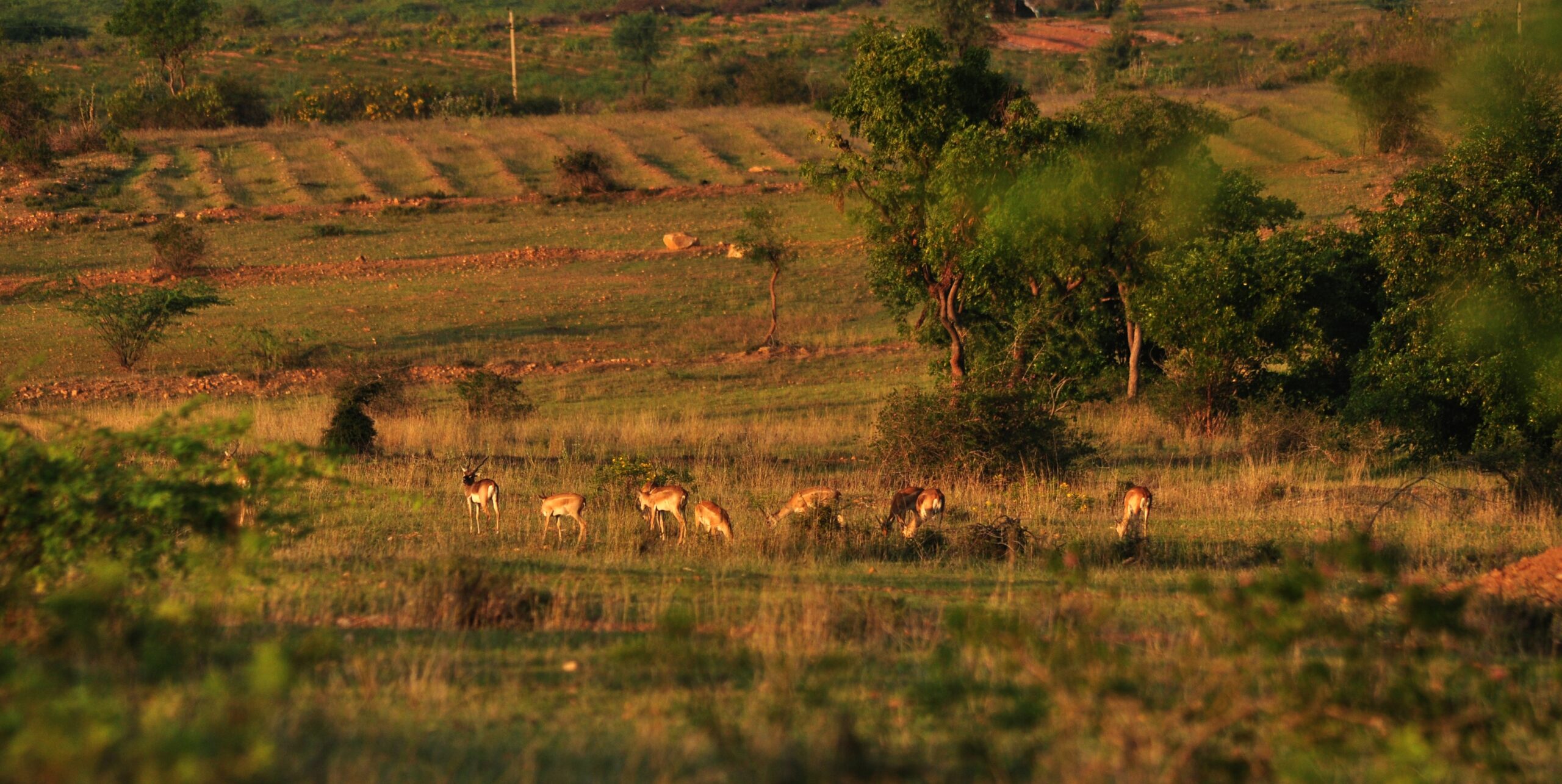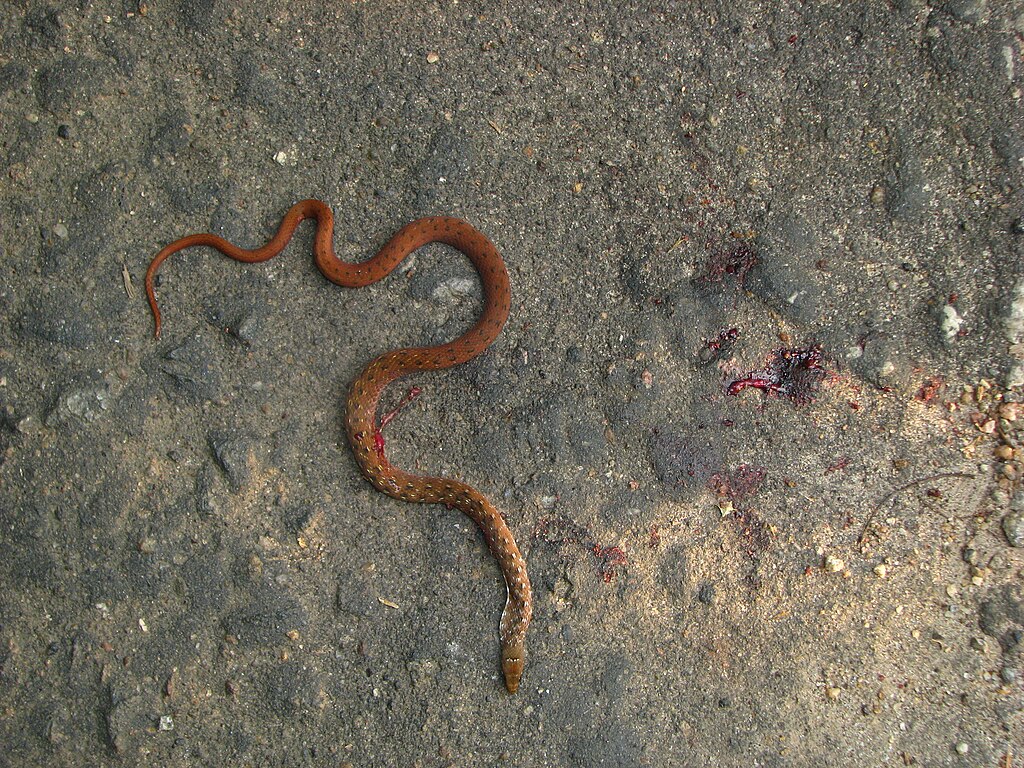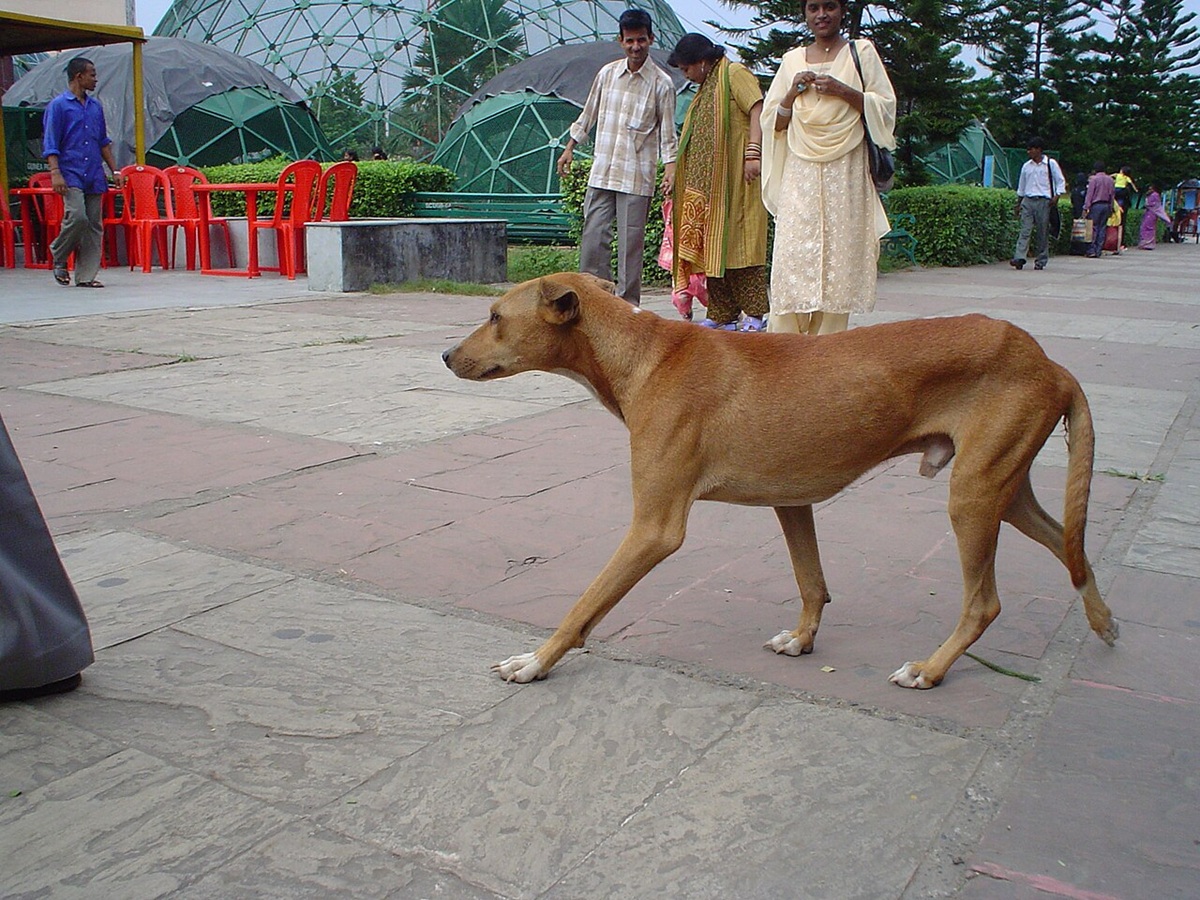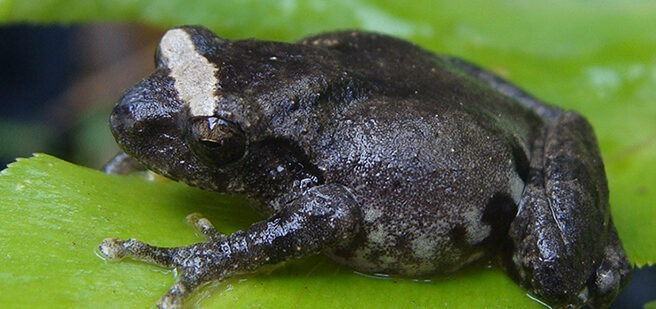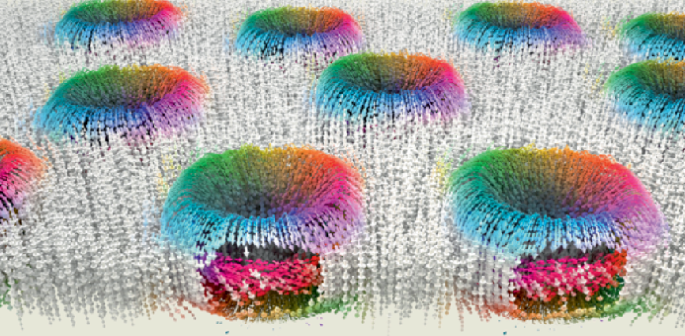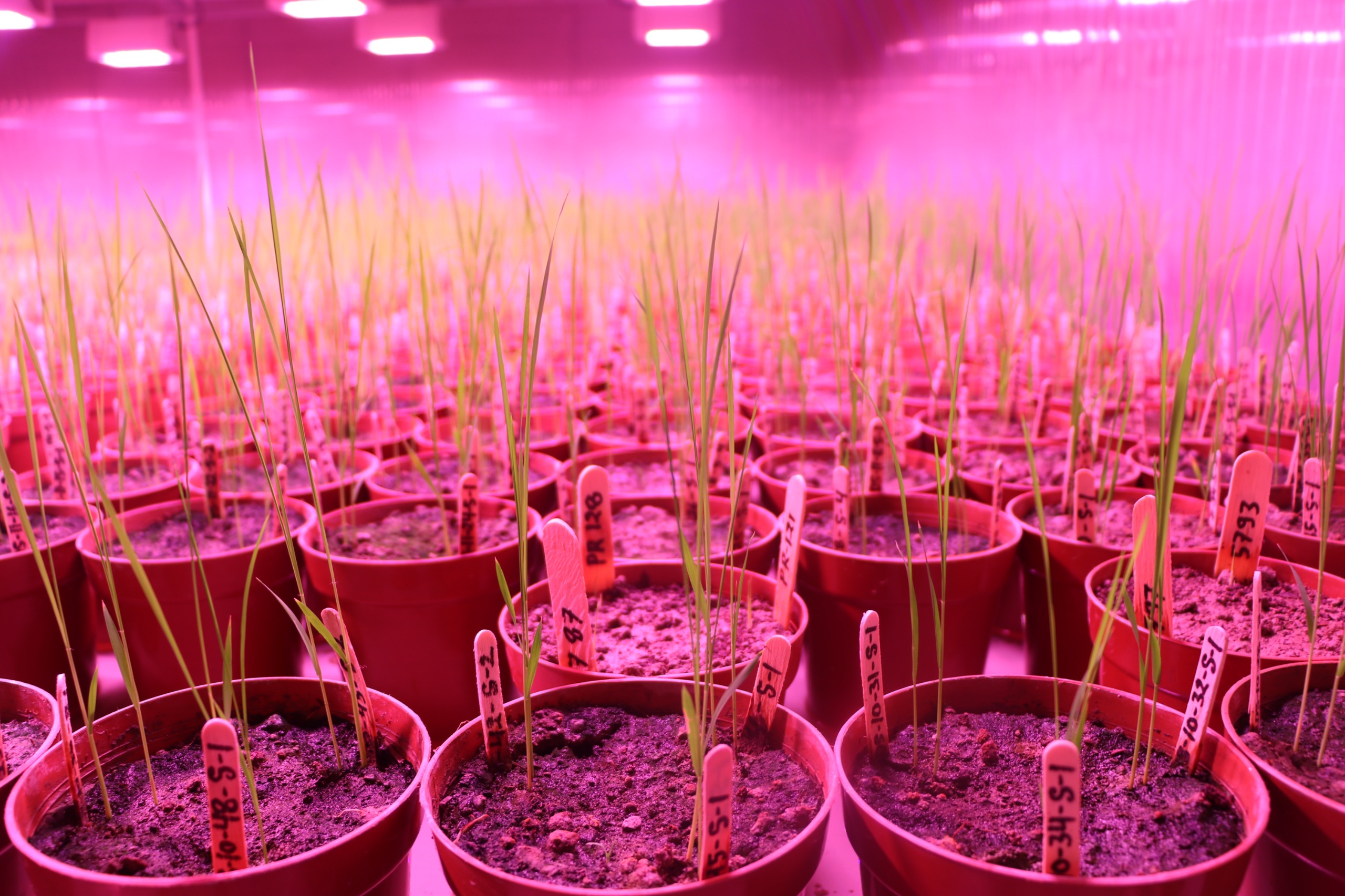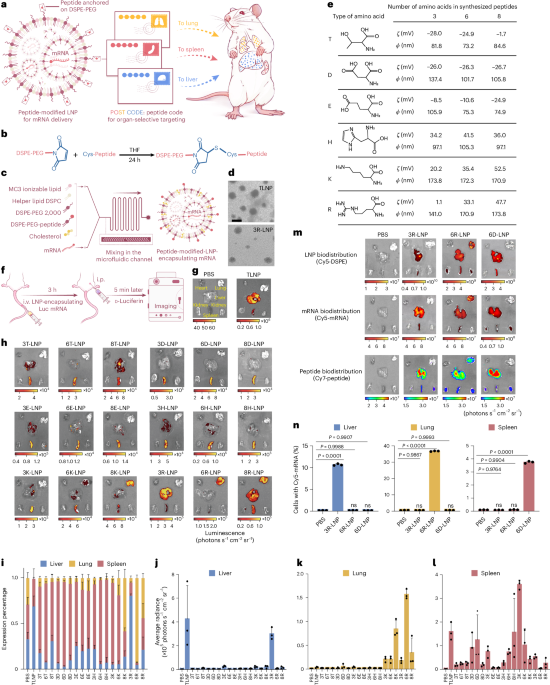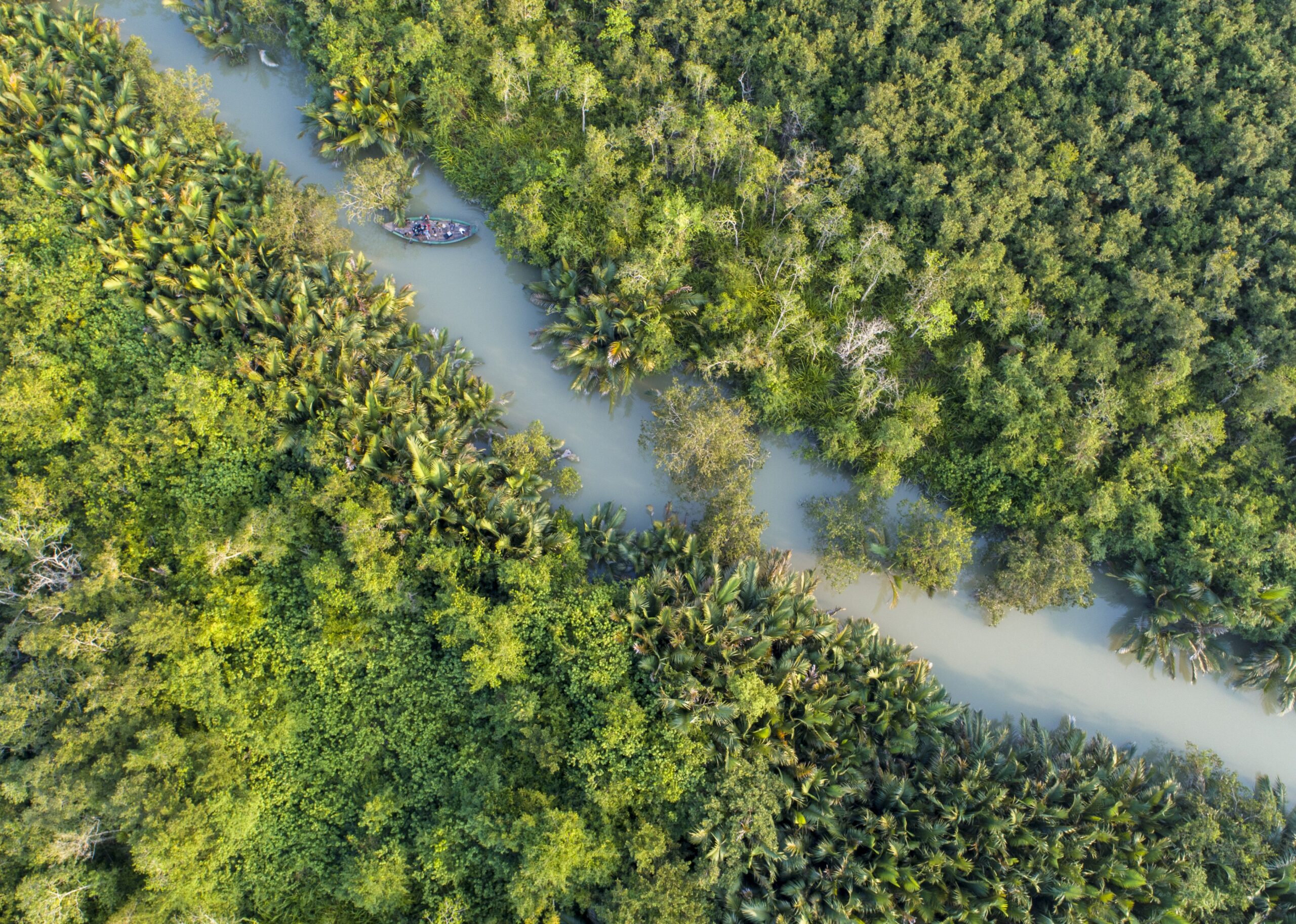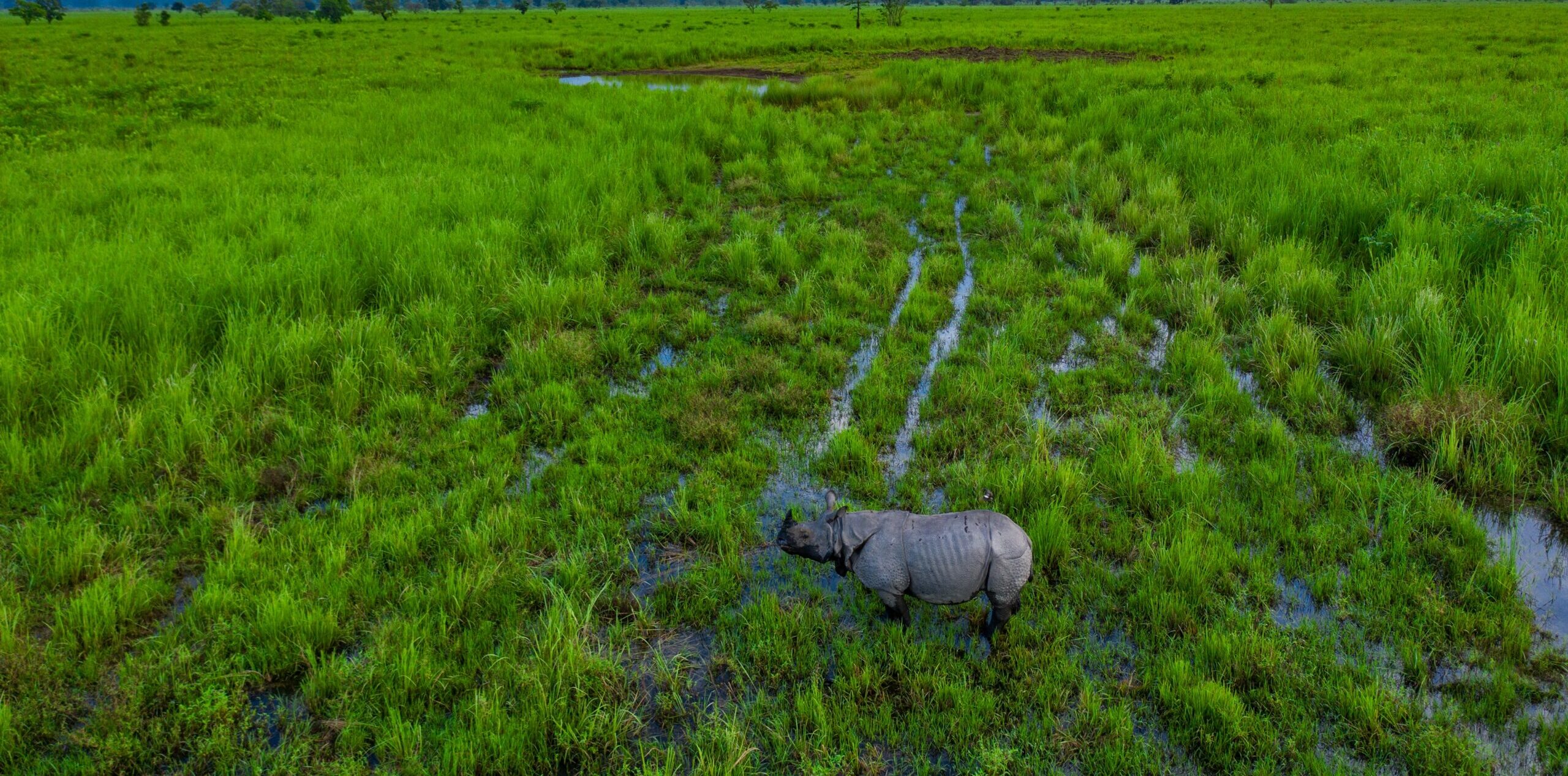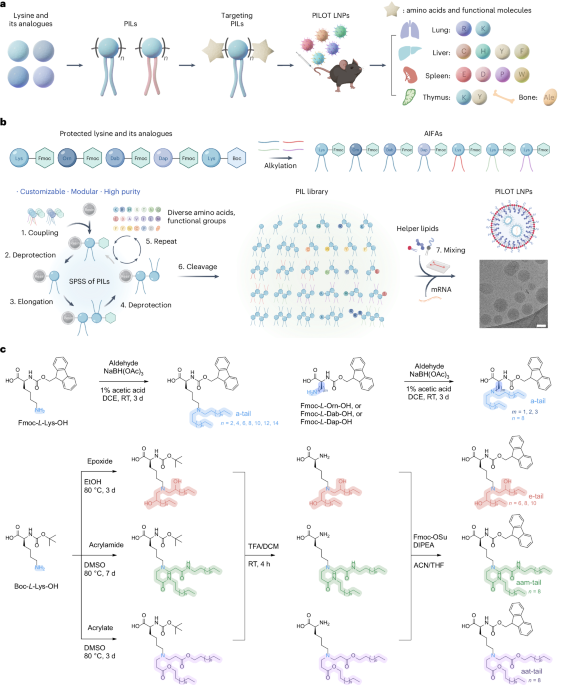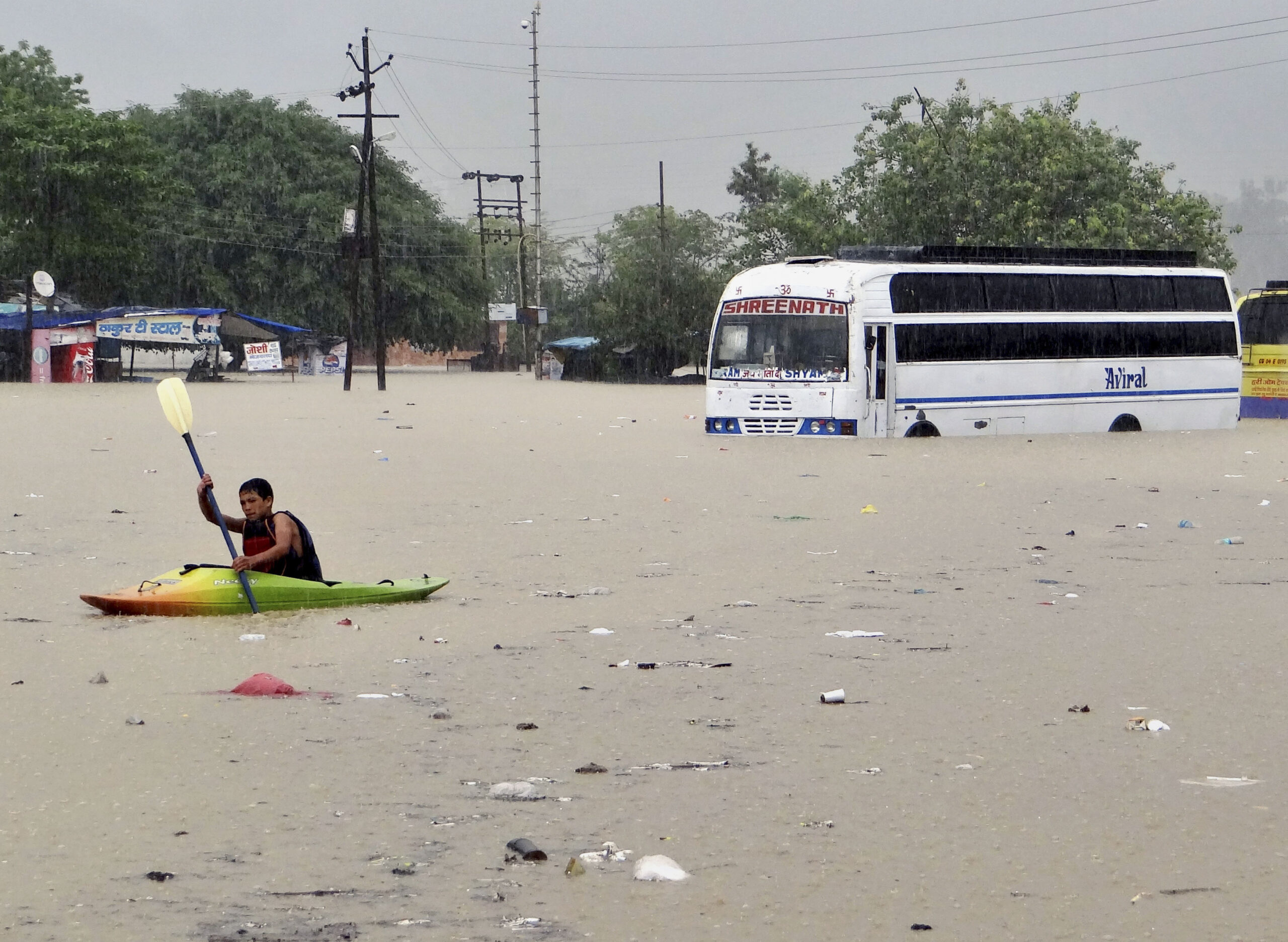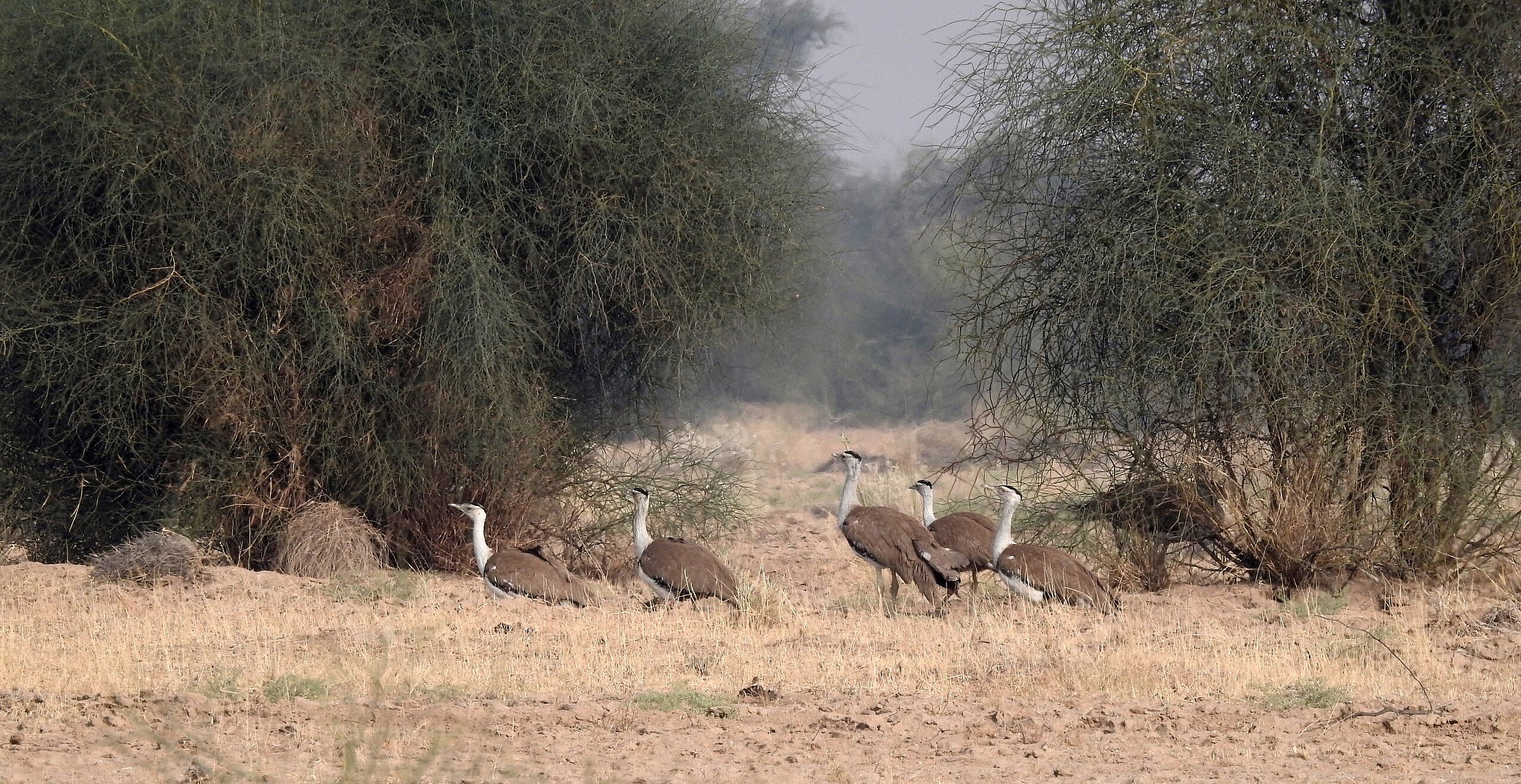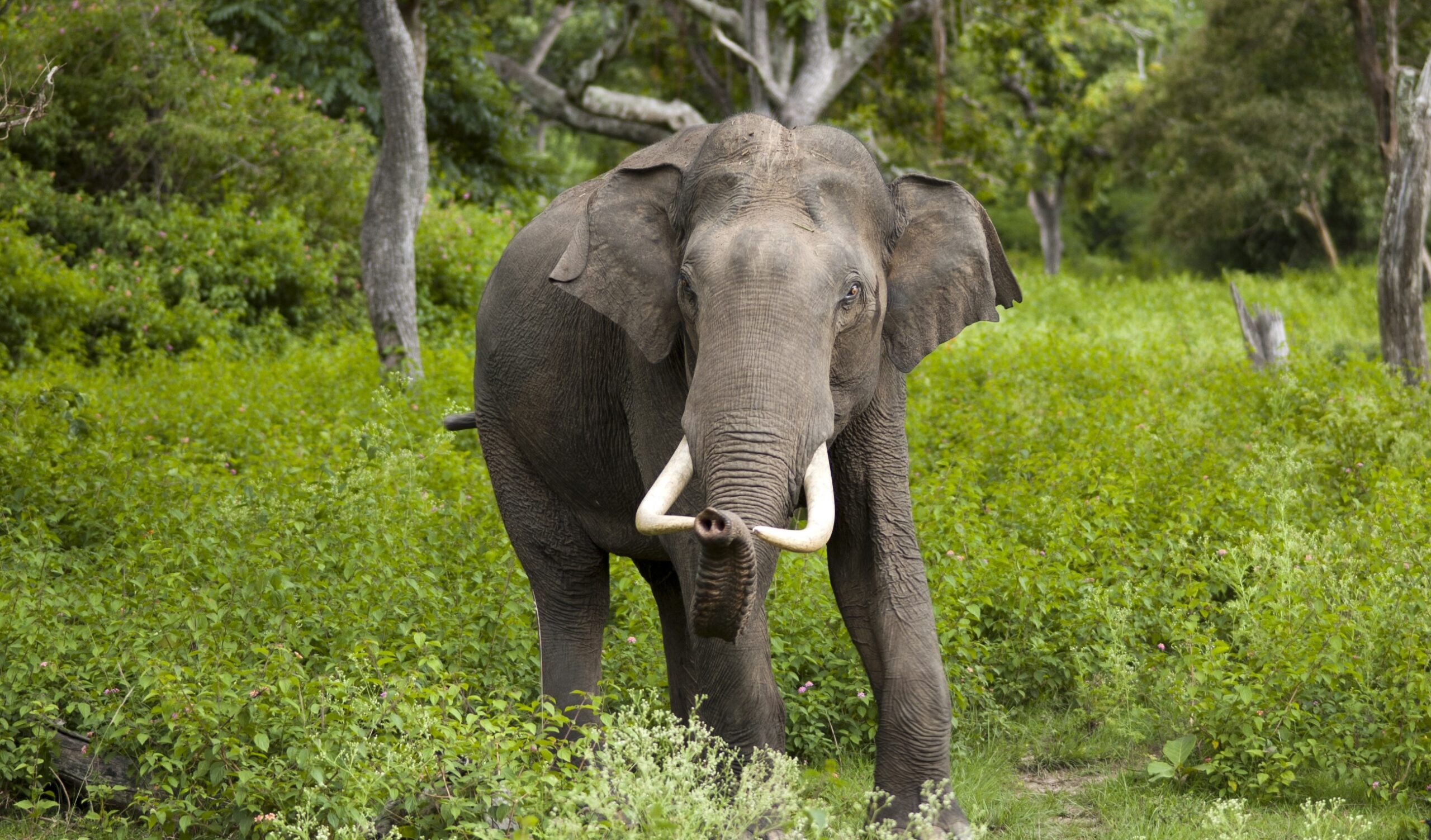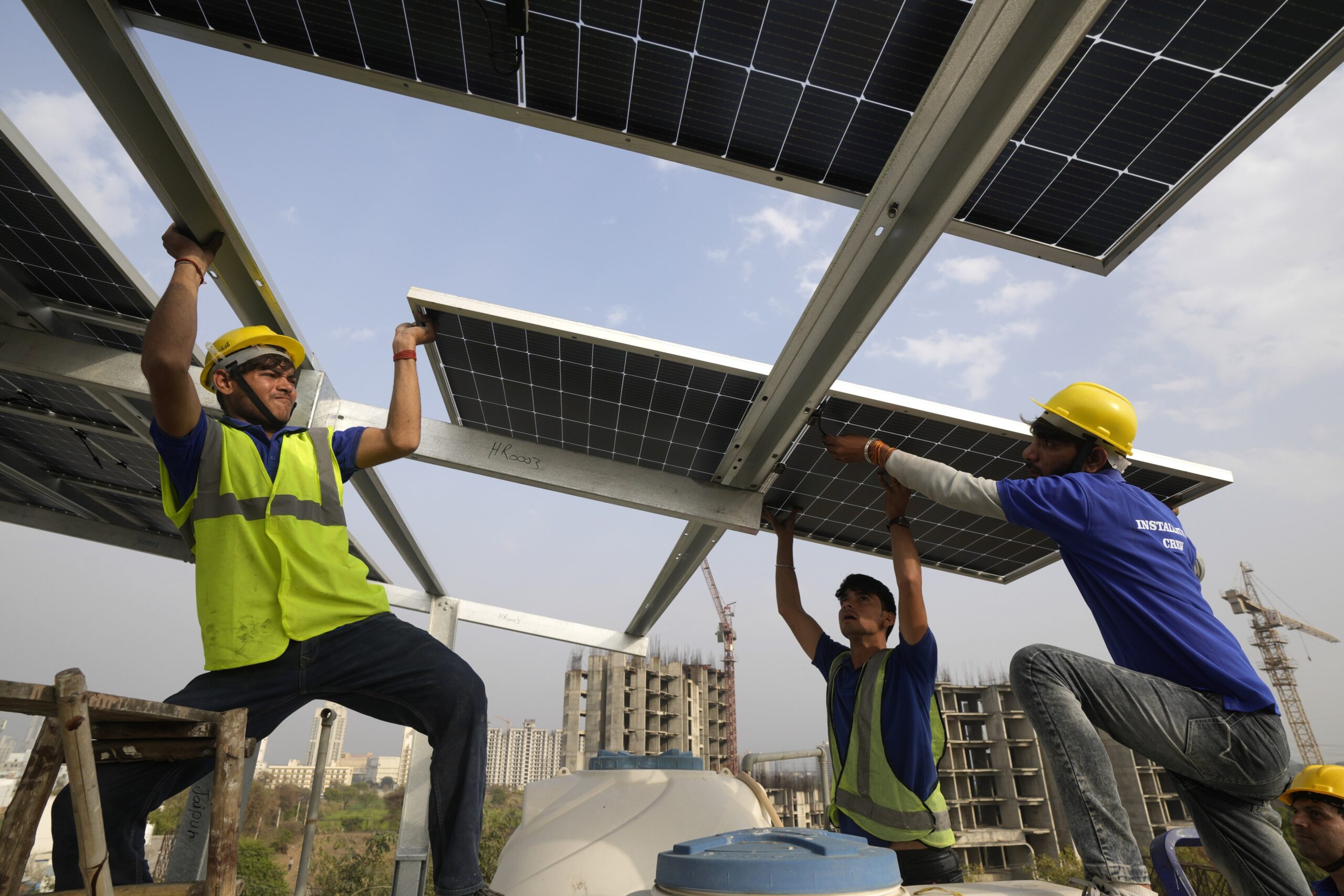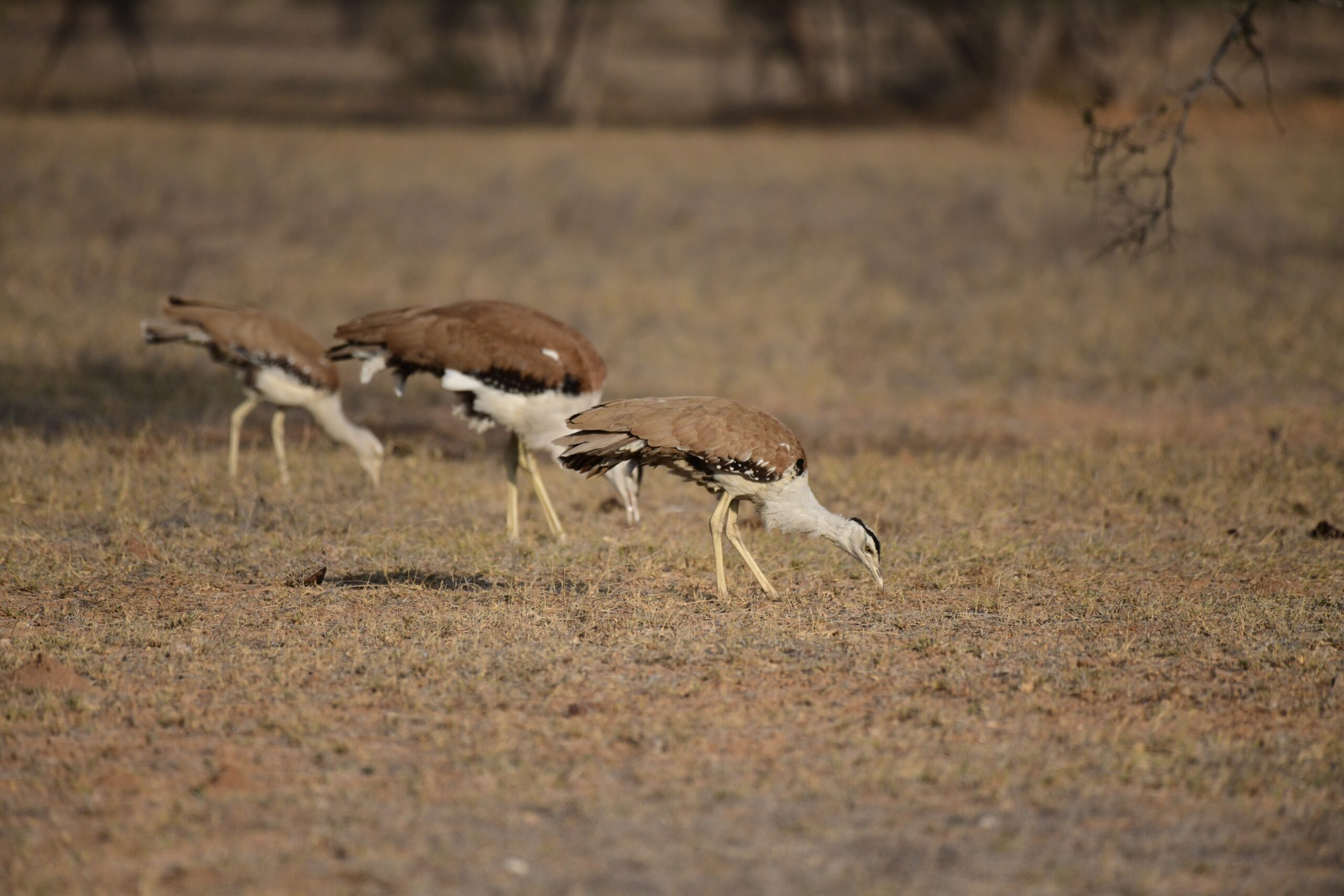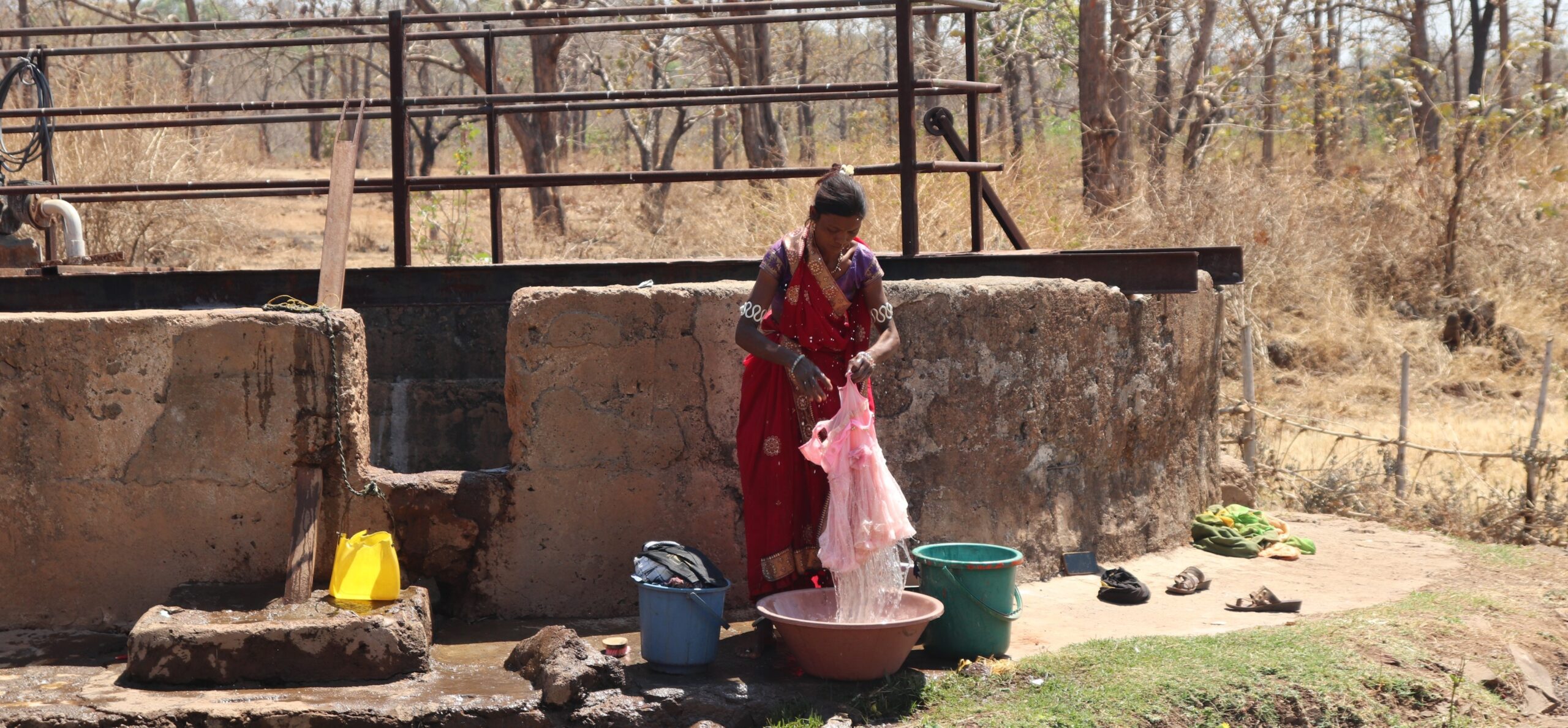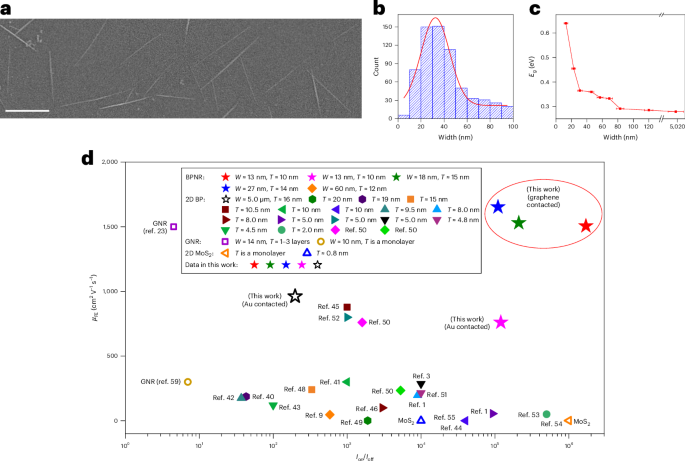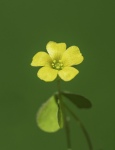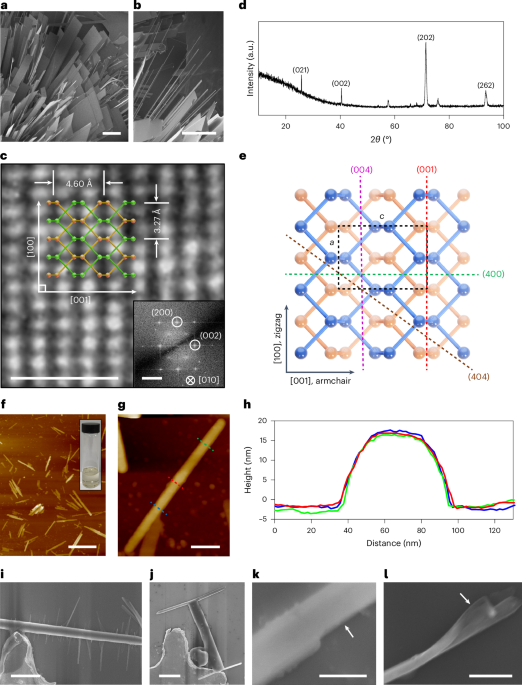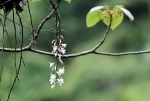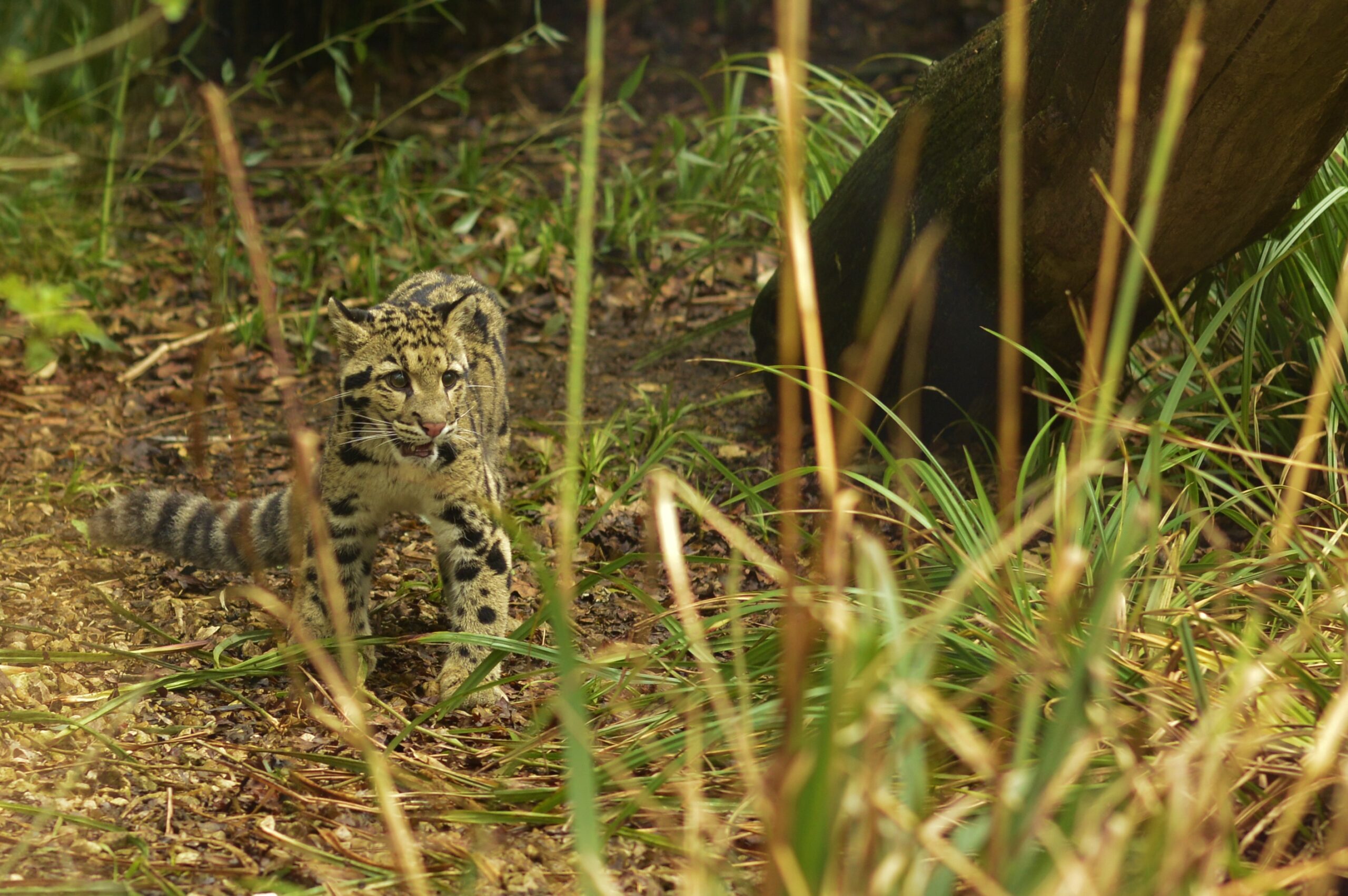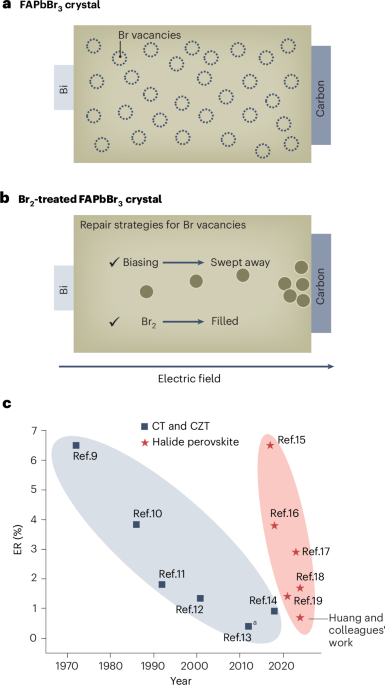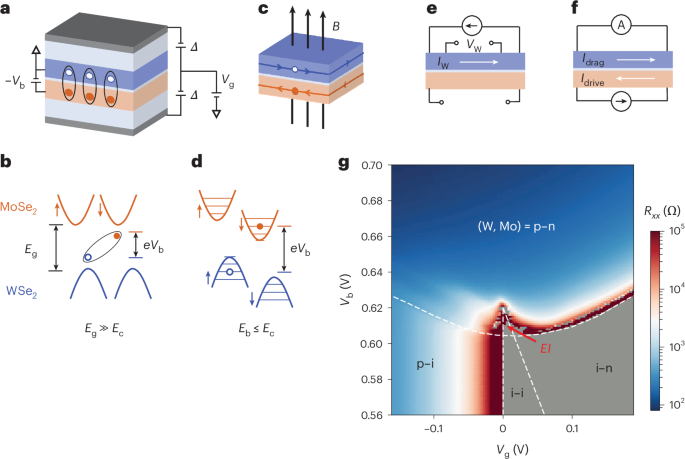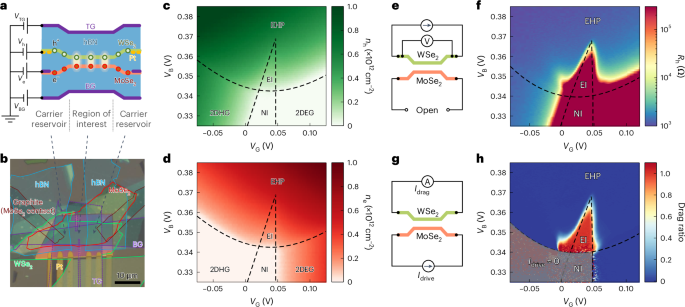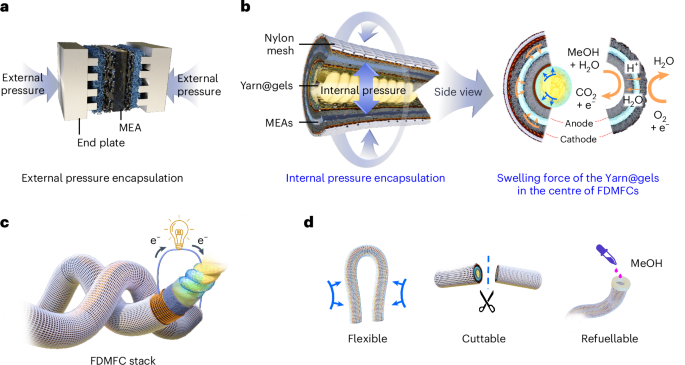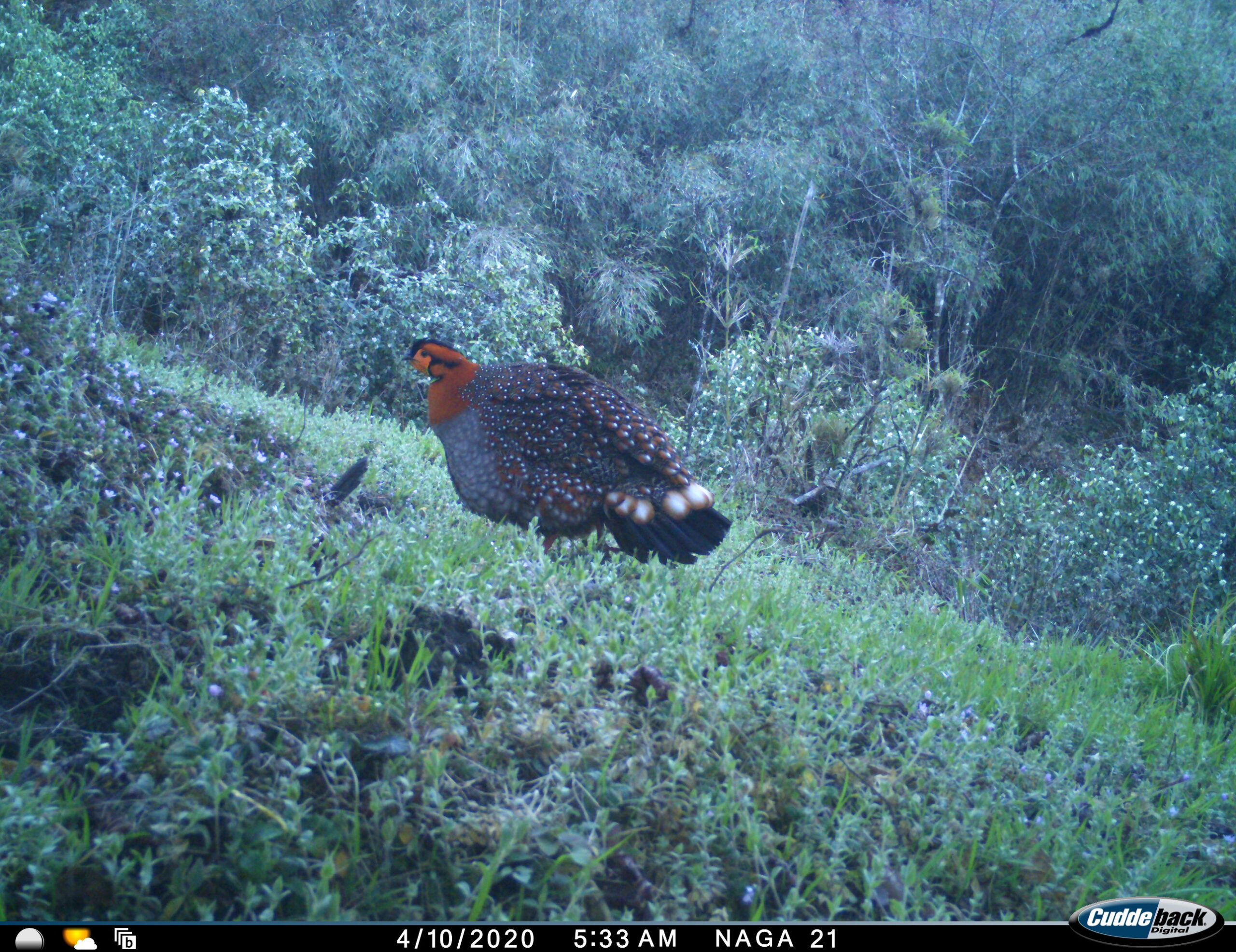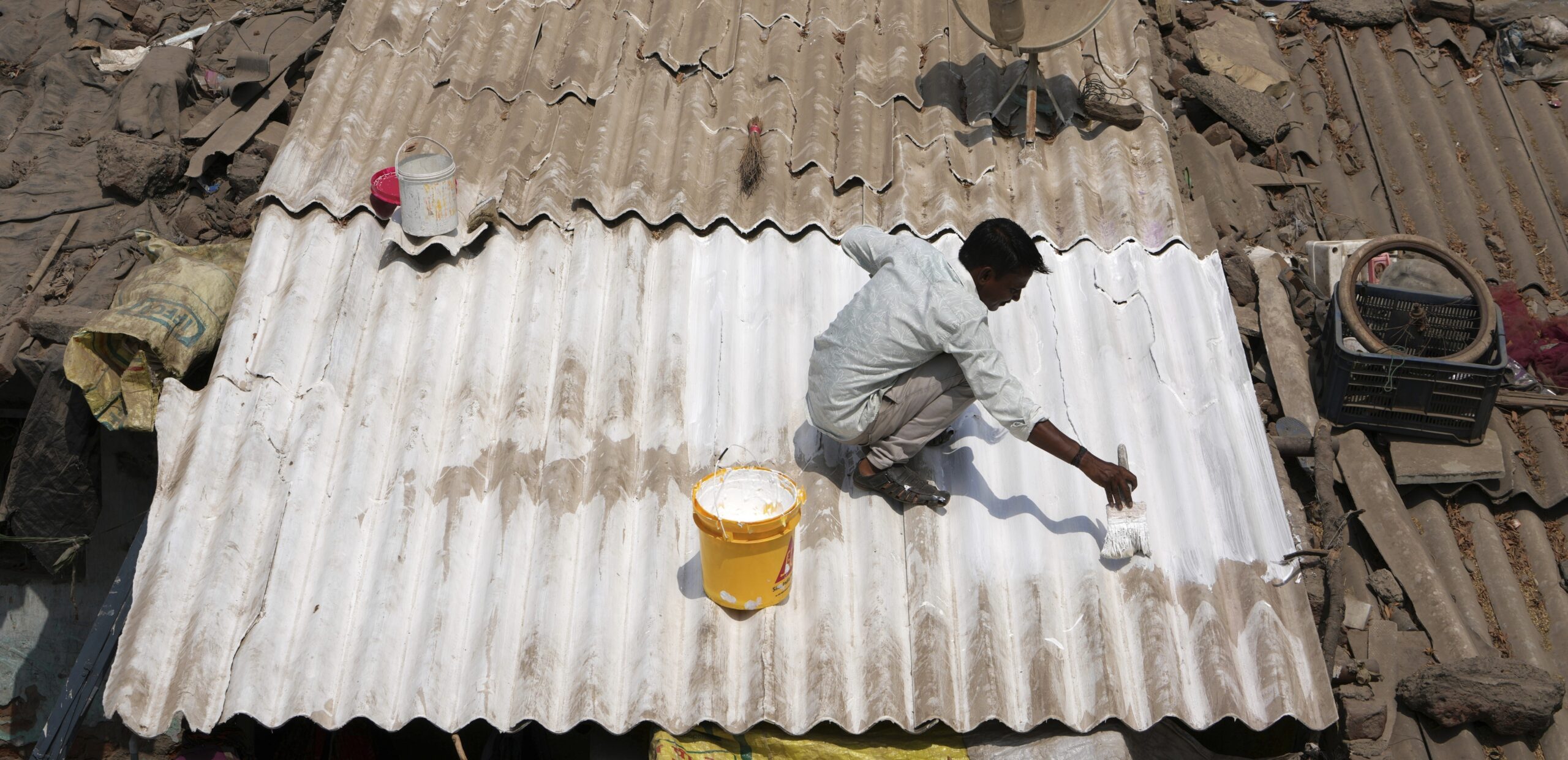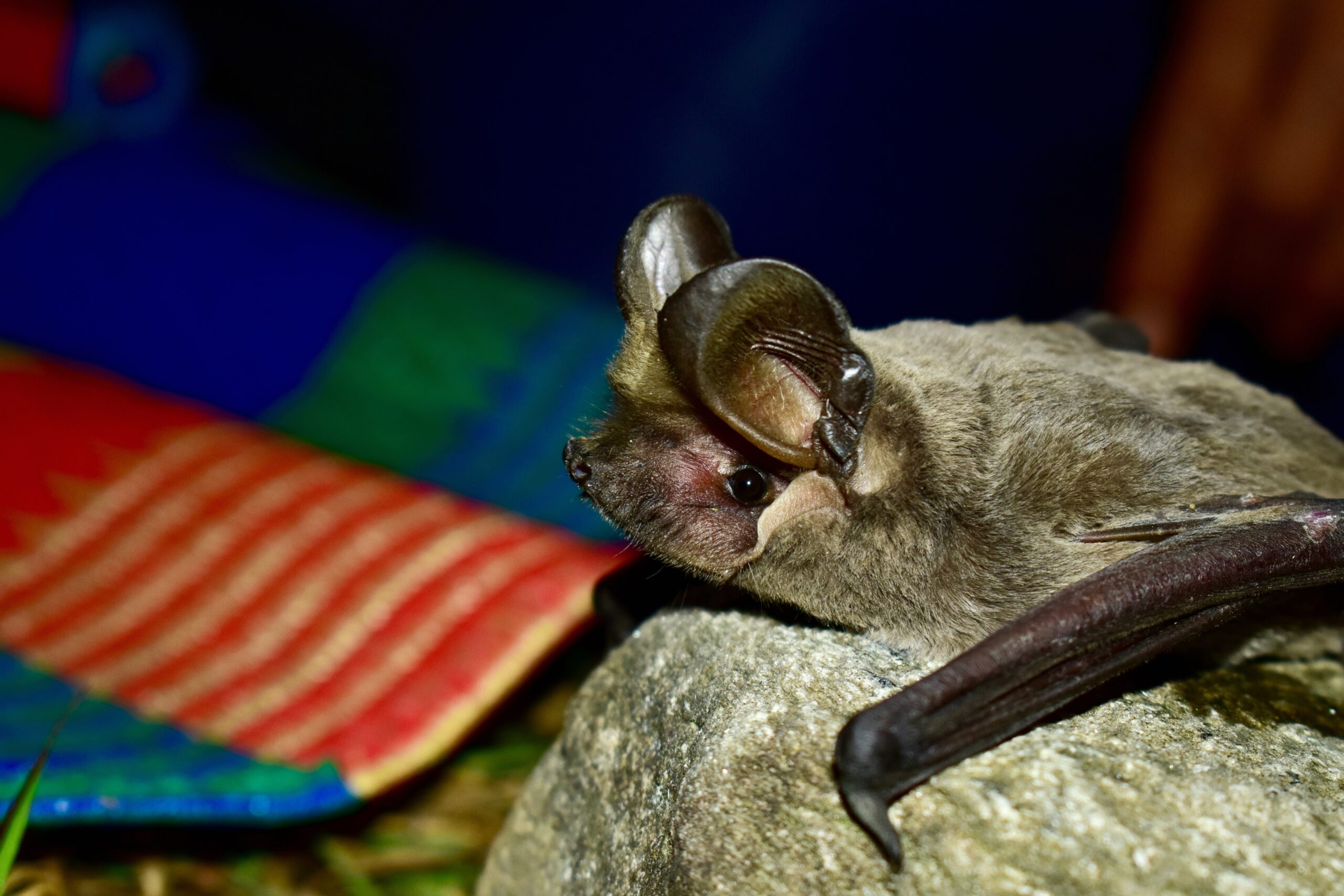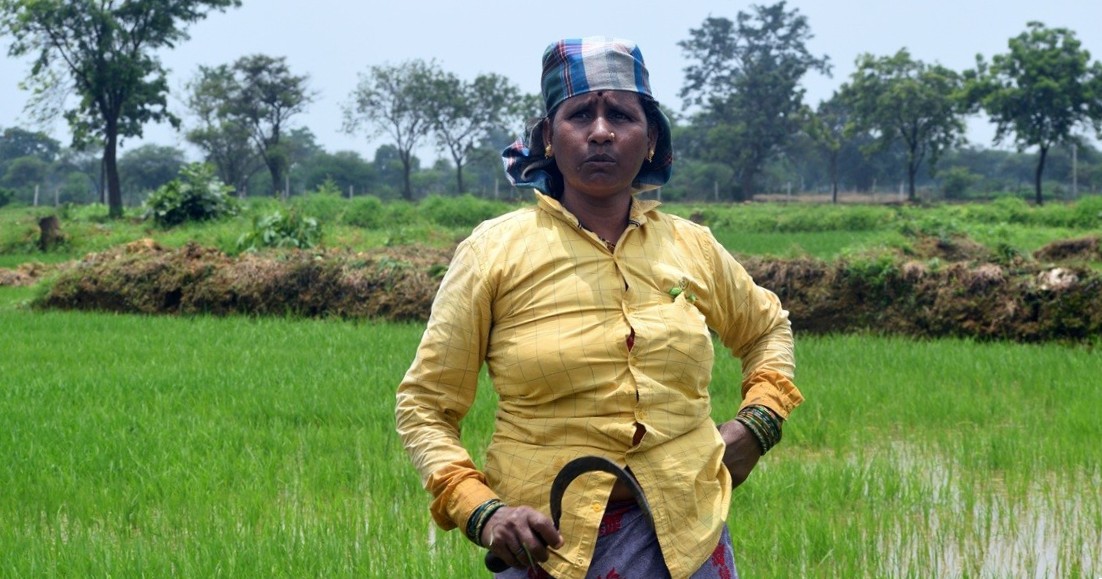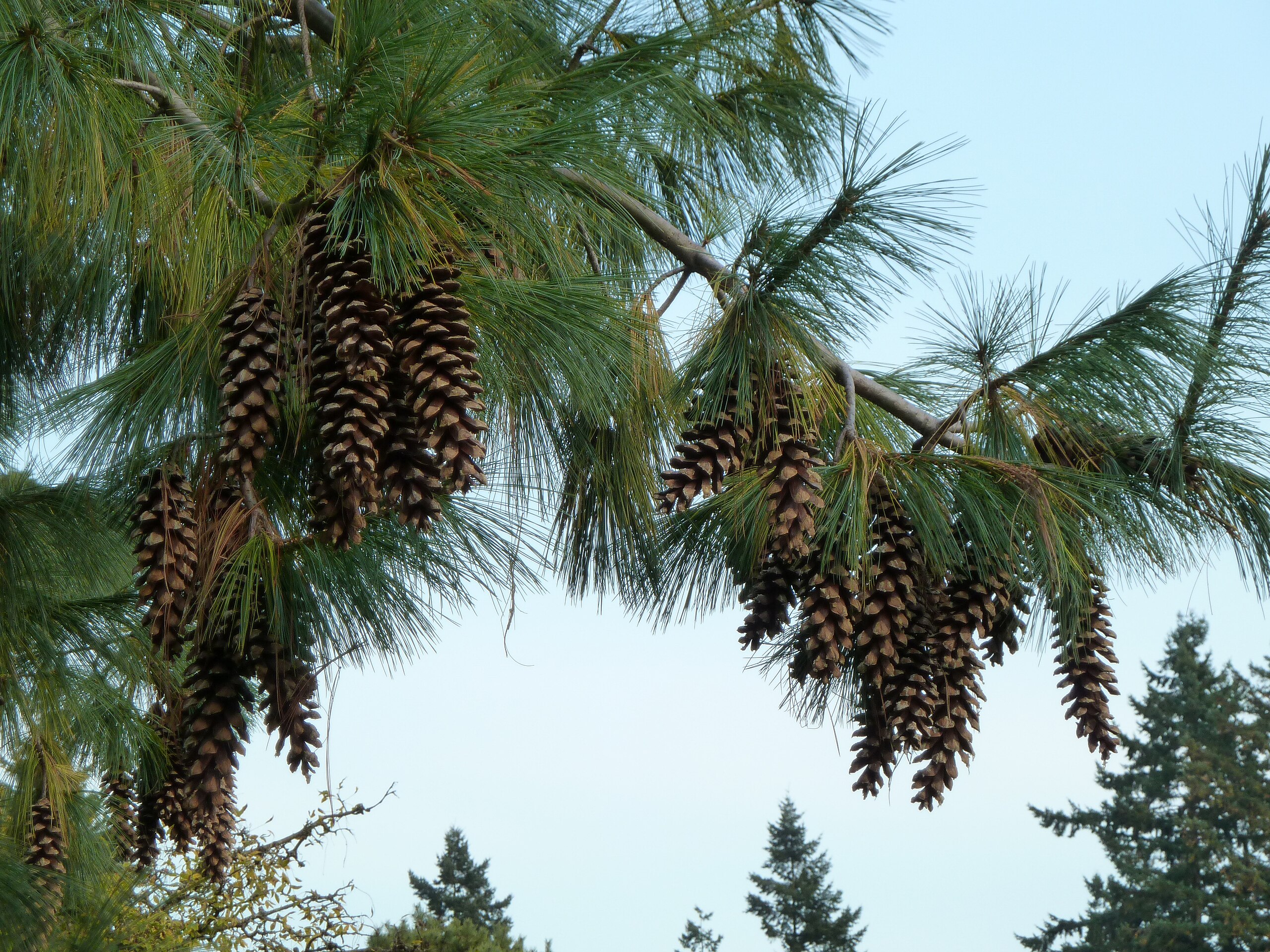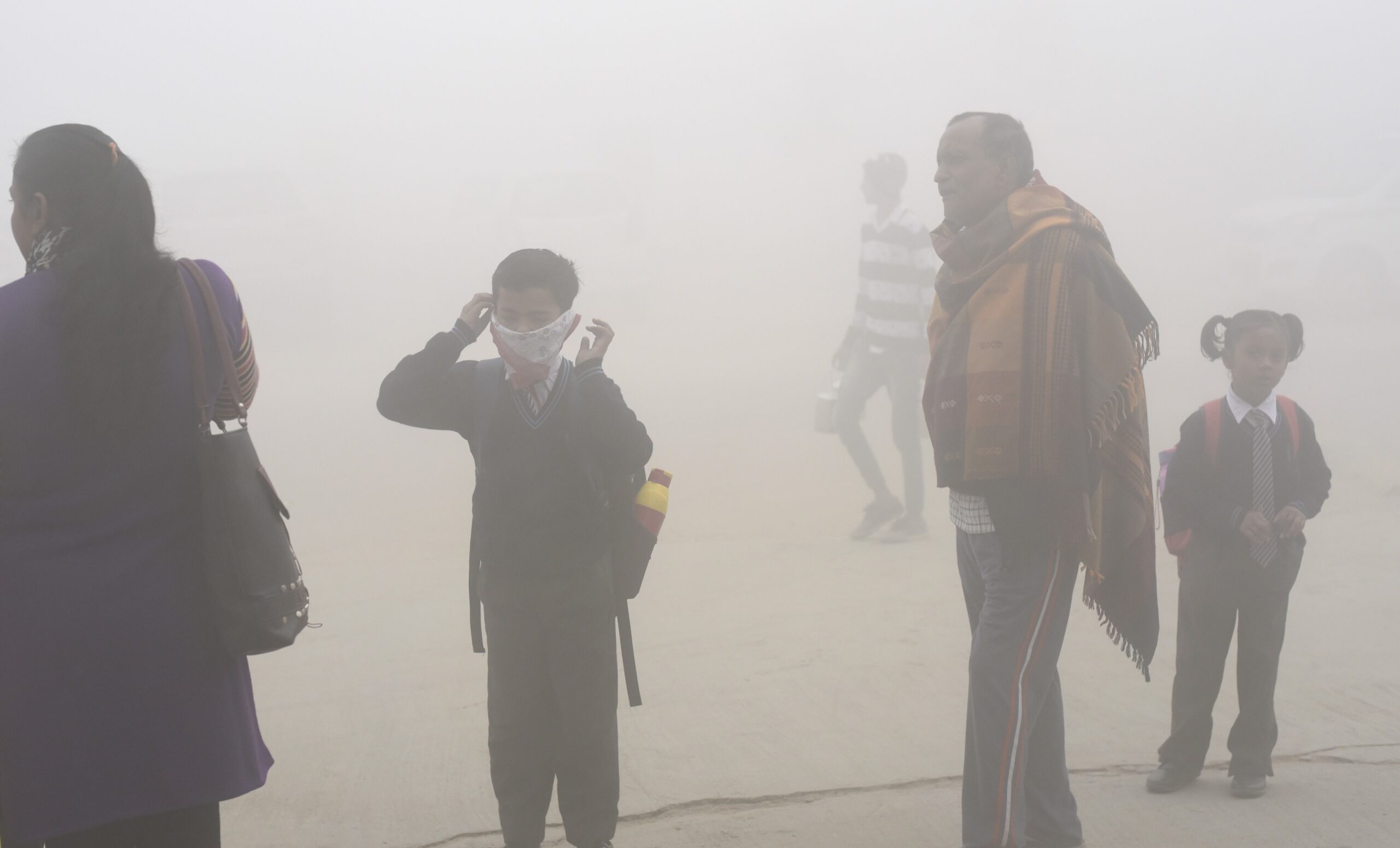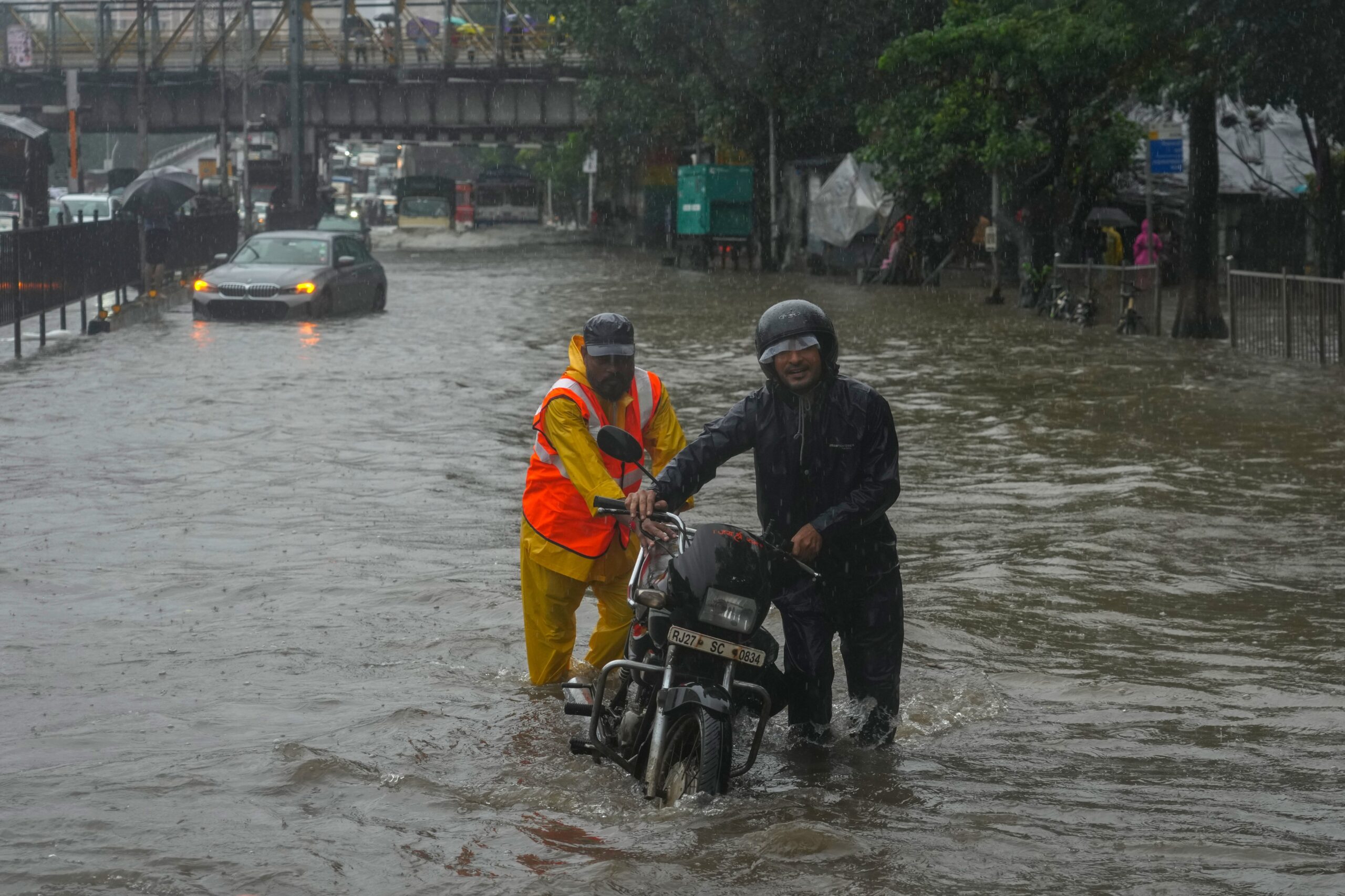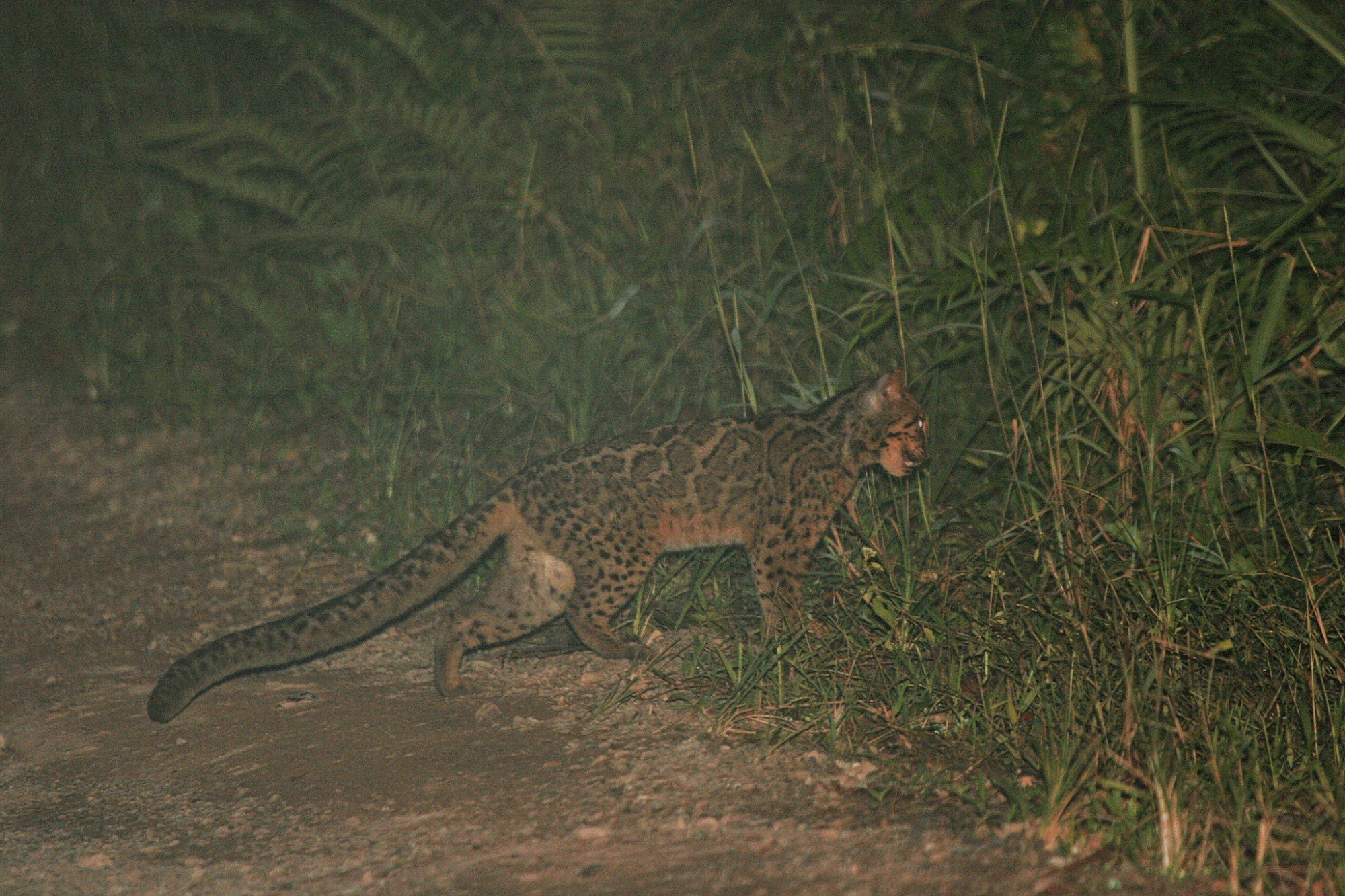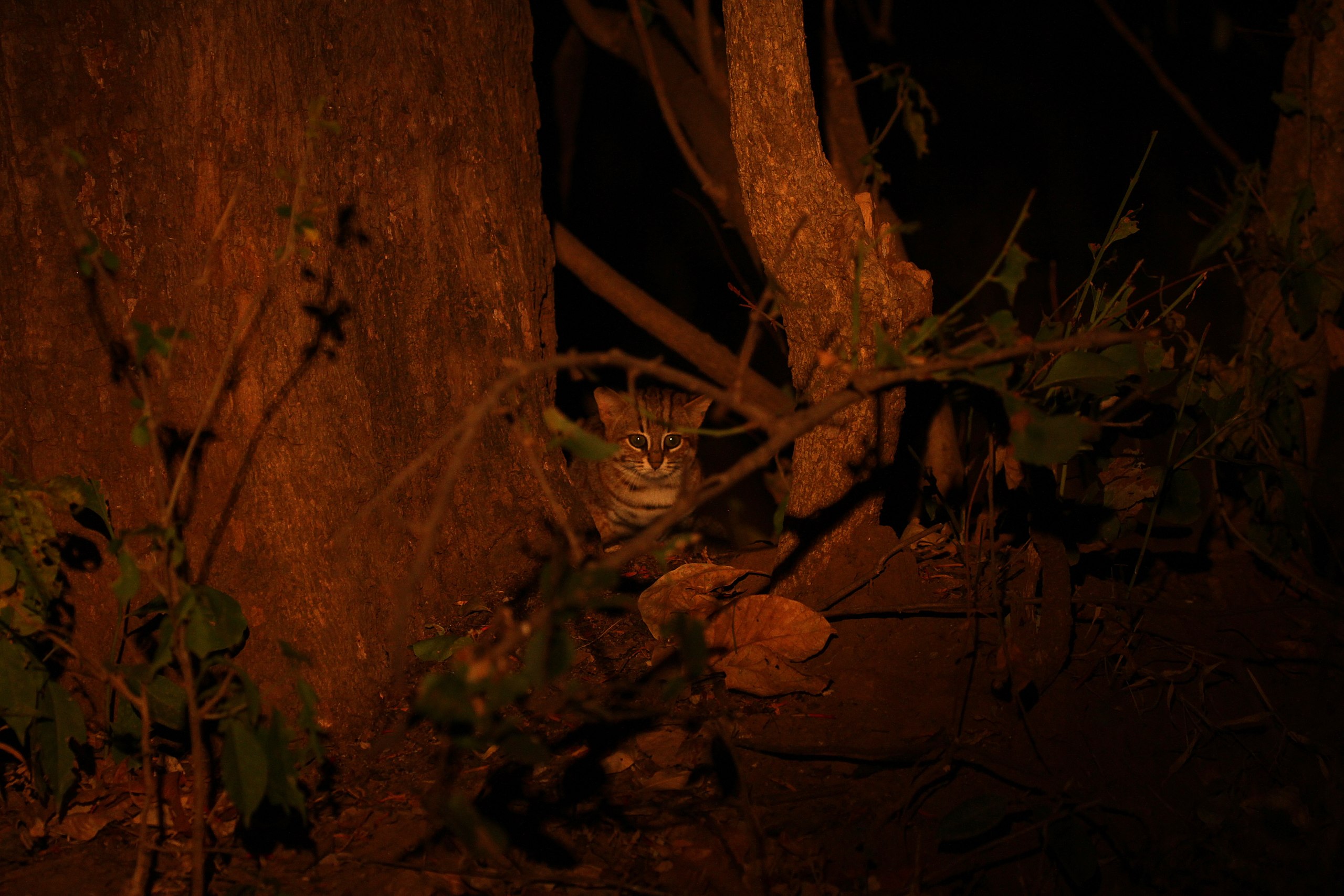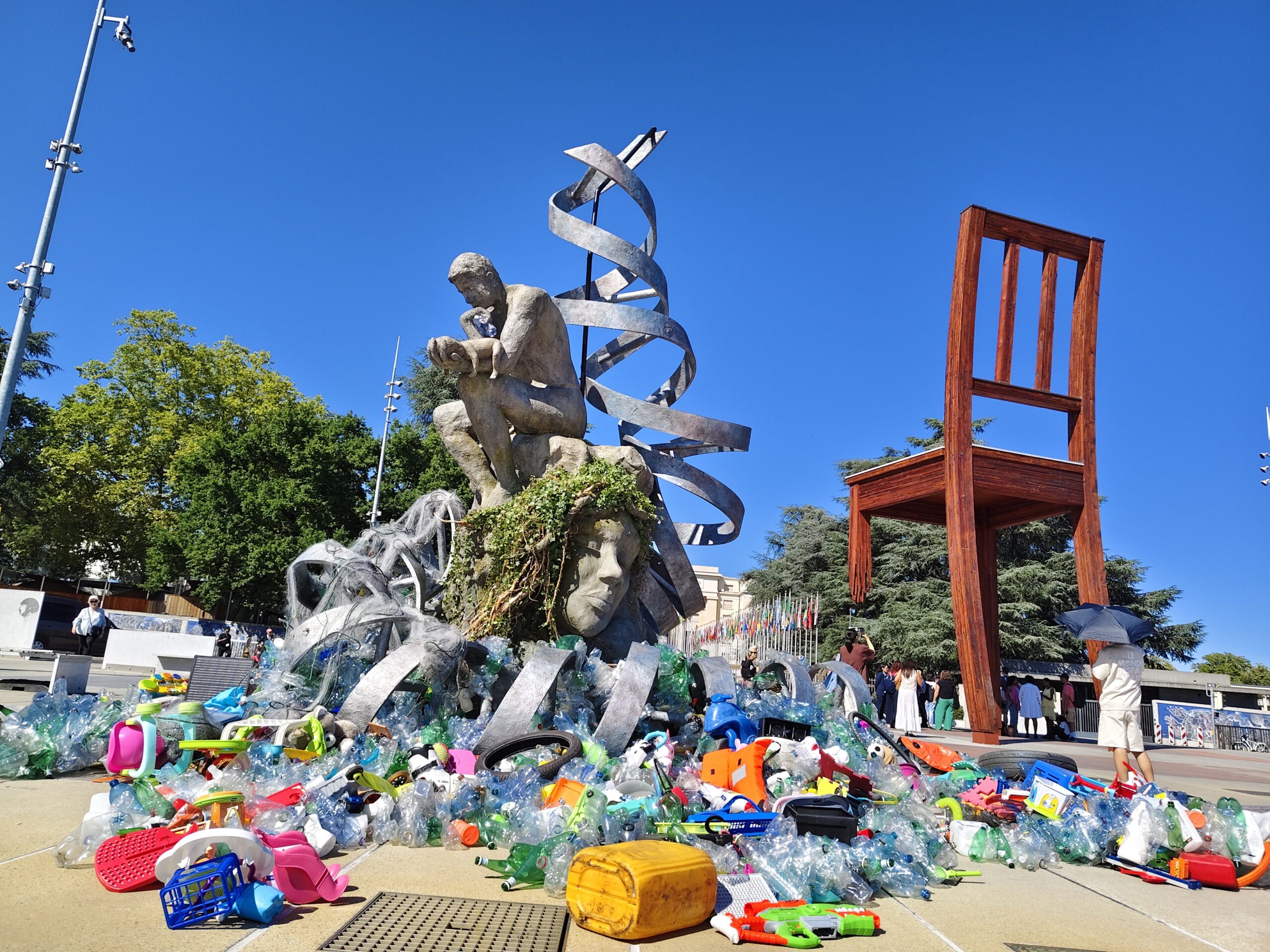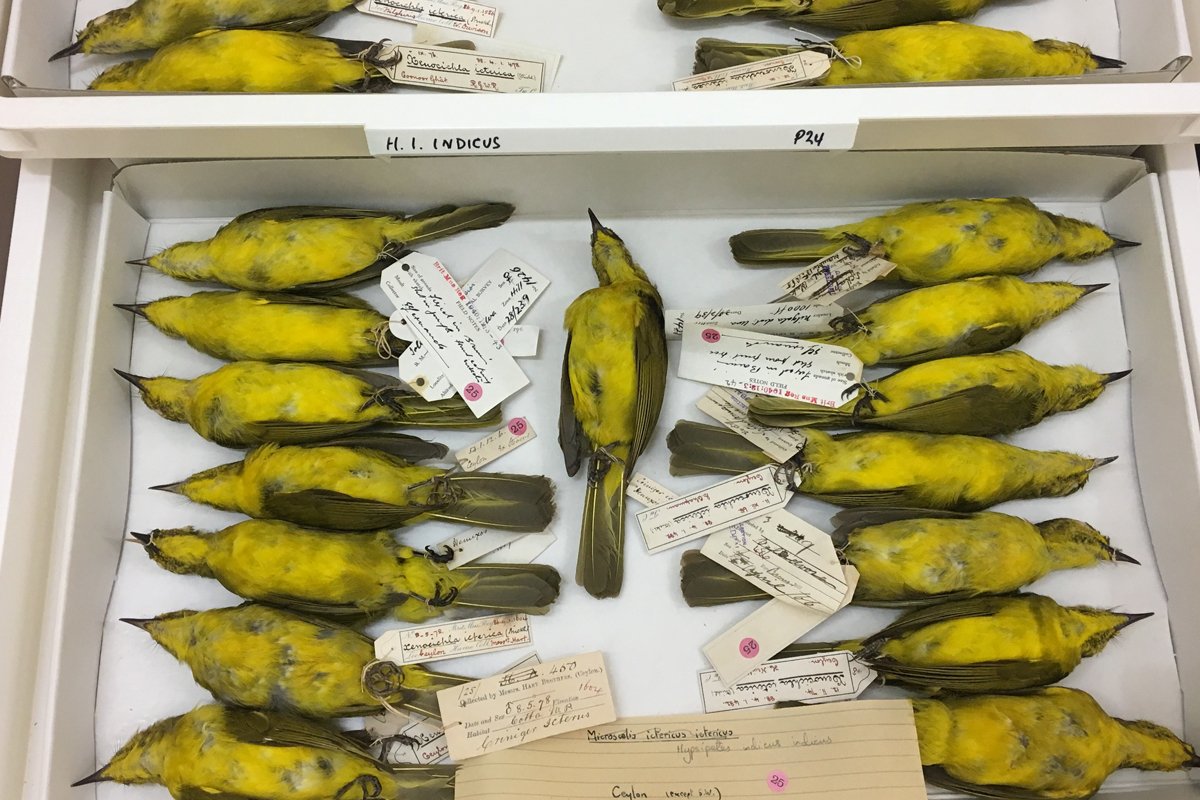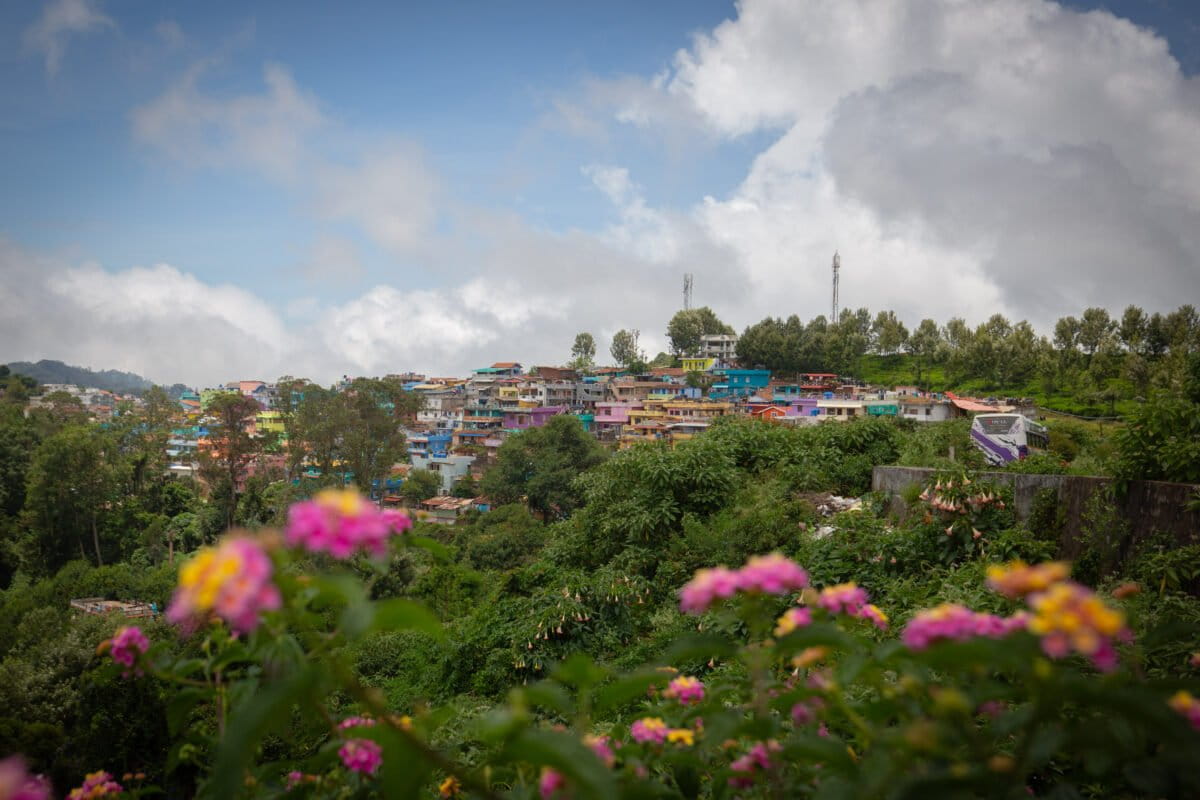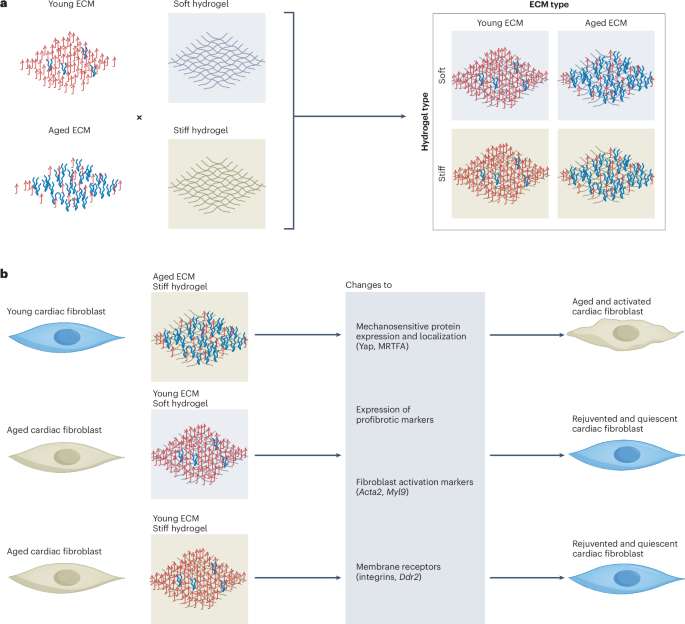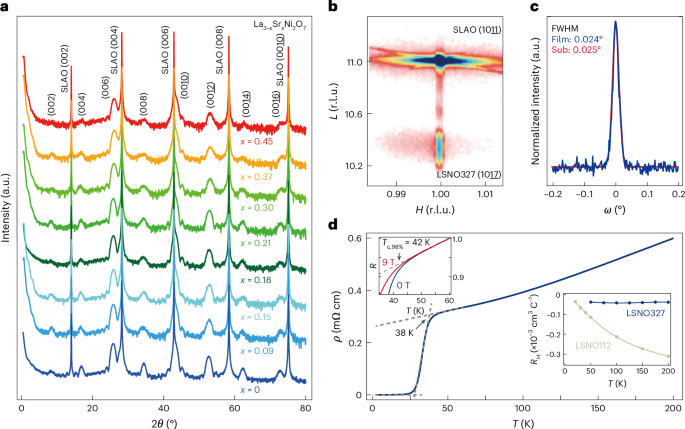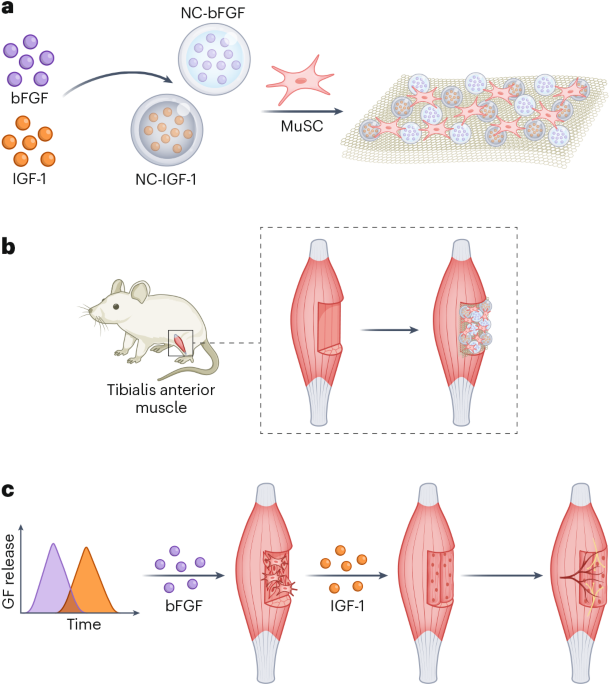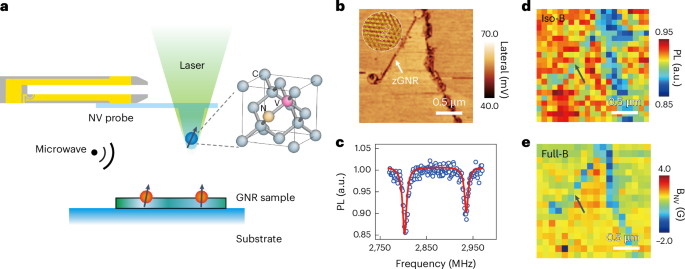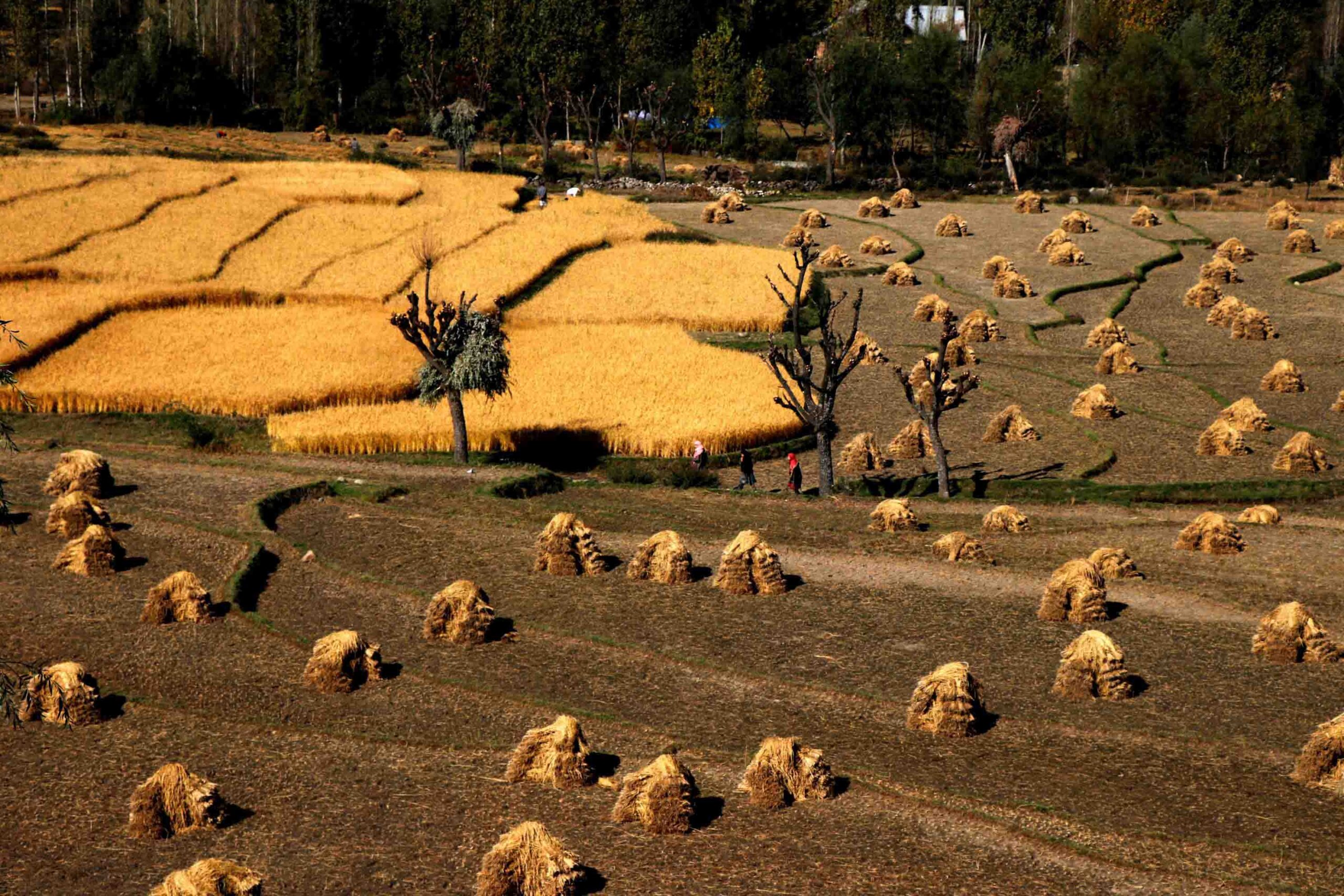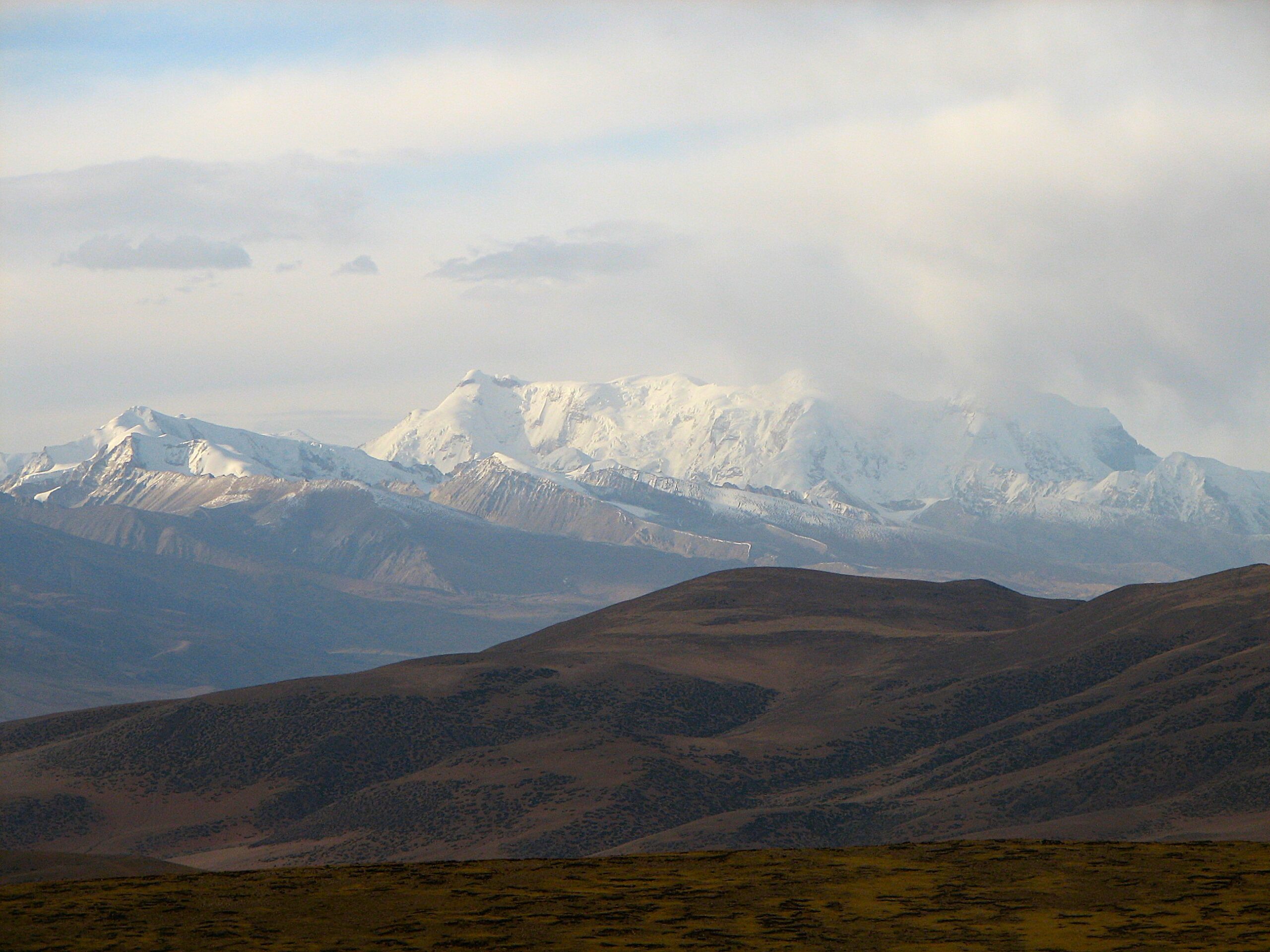
- Black carbon from India’s plains is melting glaciers on the Tibetan plateau faster than previously estimated, shrinking water supplies for over a billion people.
- Soot darkens snow and disrupts snowfall, speeding up glacier melt, but unlike carbon dioxide, its effects are short-lived.
- Cutting emissions from households, industries and agriculture could slow down Himalayan ice loss within years, finds a recent study.
The Himalayas face unprecedented ice loss that extends beyond rising global temperatures, a new study has found. The more immediate threat driving accelerating glacier retreat in the region is black carbon from cooking stoves, brick kilns, diesel engines and crop fires across South Asia’s vast plains. Black carbon particles, or soot, survive only days to weeks in the atmosphere. Yet, during this brief period, they exert a disproportionate influence on the entire region’s water resources.
The study published in June in the journal Communications Earth & Environment, found that black carbon from South Asia accounted for 33.7% of glacial mass loss on the southern Tibetan Plateau between 2007 and 2016. That figure represents nearly one-third of all ice loss over the decade, noted the study led by Junhua Yang, scientist at the Laboratory of Cryospheric Science and Frozen Soil Engineering of the Chinese Academy of Sciences based in Lanzhou, China.
These findings reinforce the warning by the International Centre for Integrated Mountain Development (ICIMOD), a research organisation, which has linked rapid glacier loss across the Hindu Kush Himalayas with albedo shifts from soot and dust deposits. Albedo shifts refer to changes in the reflectivity of a surface in the context of Earth’s climate. When the albedo of a surface changes, it alters the amount of solar energy reflected versus absorbed, impacting regional and global temperatures. The latest research, which quantifies the loss, raises pressing questions about the fate of the Ganga, Brahmaputra and Indus rivers, which depend on glacial runoff and sustain over a billion people downstream across South Asia.
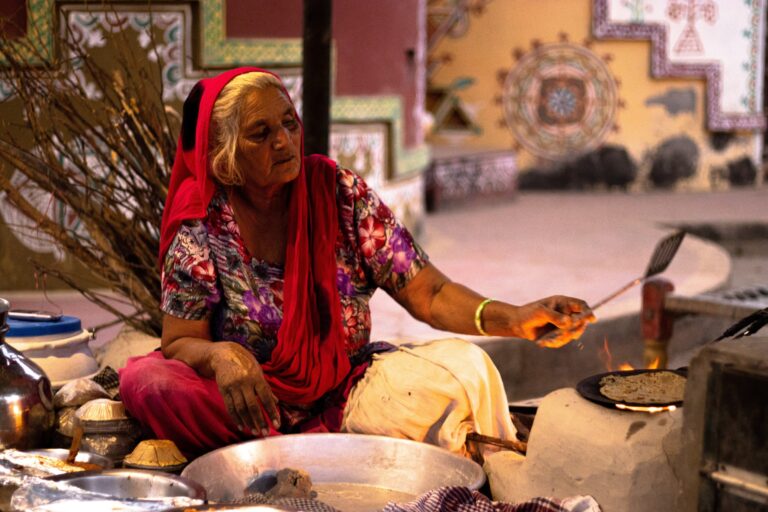
How black carbon accelerates glacial melt
Black carbon impacts glaciers in two main ways. First, it settles on glacier surfaces, reducing their ability to reflect sunlight. This darkening effect causes ice to absorb more heat and melt more rapidly. The latest study attributes a 7.5% increase in melt during the study period to this albedo reduction.
Second, black carbon in the atmosphere changes how clouds form and behave. It interferes with moisture transport and suppresses snowfall, depriving glaciers of seasonal replenishment. “This leads to less snowfall and snow accumulation, reducing glacier nourishment and enhancing net mass loss,” said Arun Shrestha, glaciologist and senior advisor at ICIMOD, who was not associated with the study. This indirect mechanism caused an additional 6.1% loss in glacier mass, Yang’s study noted.
The WRF-Chem model (weather research and forecasting model coupled with chemistry) employed in the study, simulates both meteorological phenomena and the dynamics of trace gases and aerosols, allowing for a comprehensive understanding of air quality and atmospheric chemistry. The model traced the atmospheric pathways that carry black carbon particles and revealed how upslope winds funnel pollution from the densely populated Indo-Gangetic plain through deep mountain valleys like the Kali Gandaki, flowing past the Himalayan barrier and delivering black carbon to interior glacier zones by both dry deposition and snowfall.
The findings of the study are highly significant, said Shrestha. “It suggests that nearly one-third of regional changes to the cryosphere is due to short-lived climate pollutants, not long-term greenhouse gases alone,” he pointed out.
The impacts extend beyond glacier shrinkage. Altered melt water timing and intensity have already started influencing water availability for hydropower, agriculture and other uses. Glacial runoff contributes to spring and summer flows in the Indus, Ganga and Brahmaputra rivers, buffering rainfall variability and feeding downstream irrigation networks. A sustained loss of glacial ice alters this delicate seasonal balance, threatening food and water security for millions.
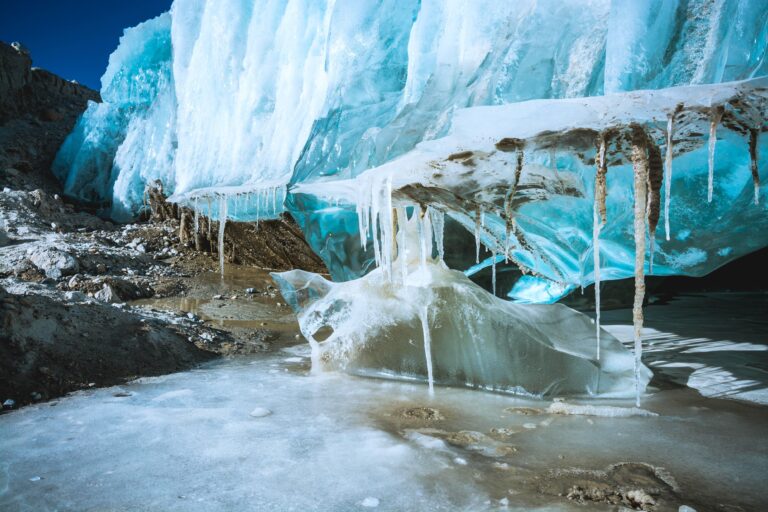
“We know things are changing, but it is important to know how fast they are changing and what can be done to slow things down or stop them,” said Miriam Jackson, scientist at the Section for Glaciers, Ice and Snow, Norwegian Water Resources and Energy Directorate. There is an urgent need to reduce emissions that have a lot of black carbon, she said.
Most of South Asia’s black carbon emissions come from a handful of sources. According to Nimish Singh, a fellow at The Energy Research Institute (TERI)’s Centre for Air Quality Research, household biomass burning contributes to nearly half of India’s black carbon emissions. Brick kilns (17%), transport (12%), crop residue fires (8%) and industrial sources (7%) make up the rest. Singh noted that the values are approximate due to seasonal variations.
Despite this, India’s National Clean Air Programme (NCAP) largely focuses on transport and dust control. Only 2% of NCAP’s planned actions target biomass combustion, according to a review by Council on Energy, Environment and Water (CEEW), a think-tank. Kilns and household emissions, which drive glacier melt, often escape regulation.
“The programme’s heavy emphasis on transport and its relative neglect of household fuels, informal kilns and agricultural burning leave major emission streams virtually untouched,” said Singh. Field studies show many households revert to firewood despite LPG access due to cost or supply issues. Traditional kilns, still widespread, remain high-emitting and unregulated. Crop residue burning spikes during autumn, sending soot drifting toward the Himalayas.
Cross-border vulnerability
Since black carbon aerosols travel across national boundaries, it creates complexity for both policy intervention and scientific understanding. Research by ICIMOD and the Norwegian Institute for Air Research has mapped pollution flows showing that emissions from India, Pakistan, Nepal and Bangladesh together contribute to ice loss, with glaciers in the southern and eastern Himalayas particularly vulnerable due to their proximity to major emission sources.
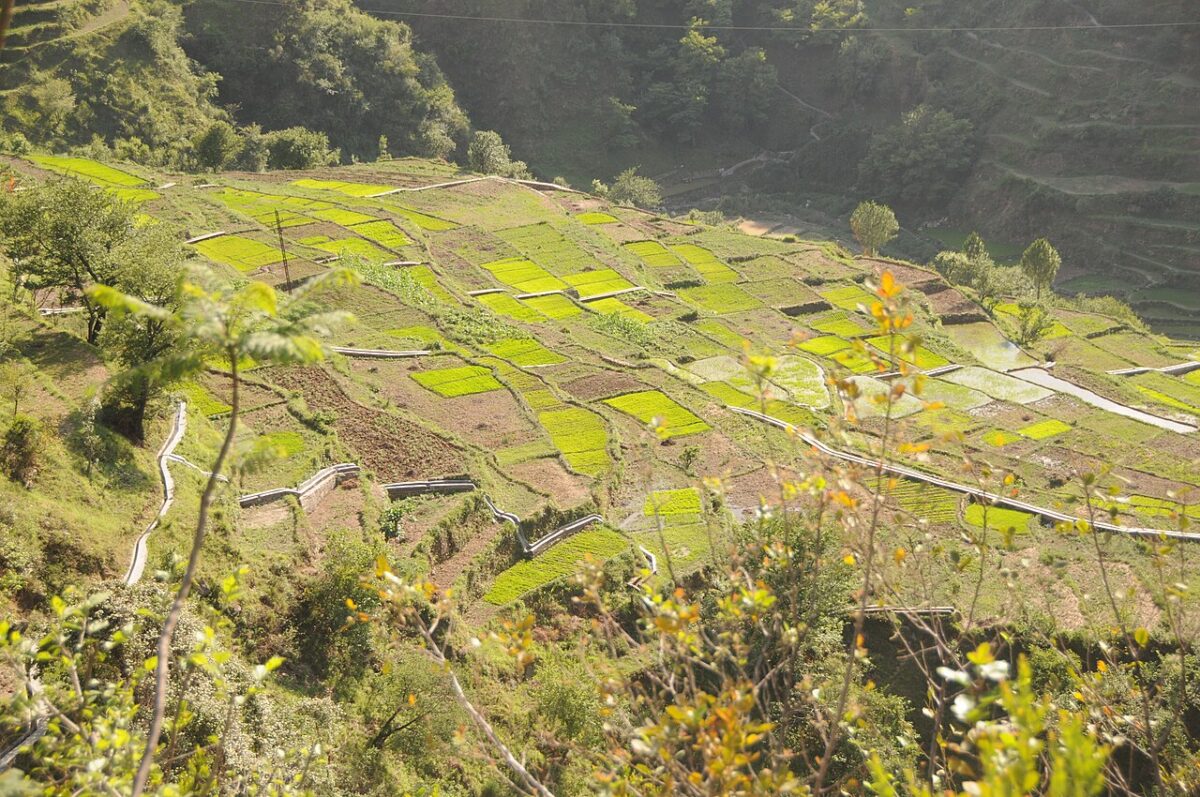
Monitoring the effects of soot on glaciers also presents formidable challenges. “South Asia has generally poor in-situ monitoring of glaciers, and also related things such as river discharge, air temperature, especially at high elevations,” Jackson said. The urgency of improved monitoring, however, extends beyond scientific curiosity to practical water management needs.
“We need more of these measurements, especially in mountain regions where changes are happening very quickly and have the potential to affect huge numbers of people,” Jackson pointed out.
An opportunity for intervention
However, black carbon’s short atmospheric life creates an opportunity for rapid climate intervention. Unlike carbon dioxide, it lasts only days to weeks in the atmosphere. It means emission cuts can deliver fast results. The modelling in Yang’s study suggests that cutting black carbon emissions across South Asia by 50-80% over two decades, could prevent up to one-third of future glacier loss.
“This points to a critical mitigation opportunity because, unlike carbon dioxide, black carbon has a short atmospheric life and its effects can be reversed quickly with policy action,” Shrestha said. Such reductions would require promoting clean cooking, modernising kilns, improving waste management and enforcing diesel standards. These actions would not only benefit glacier stability but also reduce urban particulate matter — PM2.5 exposure, offering near-term health gains.
As a major component of PM2.5 air pollution, black carbon contributes directly to respiratory and cardiovascular disease burdens that cause hundreds of thousands of premature deaths annually across South Asia. It has been estimated that 4 to 12 million premature deaths could be avoided between 2015 and 2030 through effective soot mitigation strategies.
Because black carbon travels far, national action alone will not be enough. “Regional collaboration is essential to tackle black carbon’s transboundary impacts on climate and glaciers, especially in the Hindu Kush Himalaya region,” Singh said. While ICIMOD facilitates scientific collaboration among Himalayan nations, political platforms such as SAARC and BIMSTEC need binding frameworks for coordinated black carbon action.
There are cascading consequences of continued inaction. “If we find out the changes are happening too quickly, then it may be beyond the limits of adaptation,” Jackson warned.
Read more: World set to lose 39% of glaciers, says study
Banner image: A glacier at Karo La pass in Tibet. Representative image by Richard Mortel via Wikimedia Commons (CC BY 2.0).



